REMBRANDT INSPIRED
Chiaroscuro Lighting
MENTORING & APPLICATION
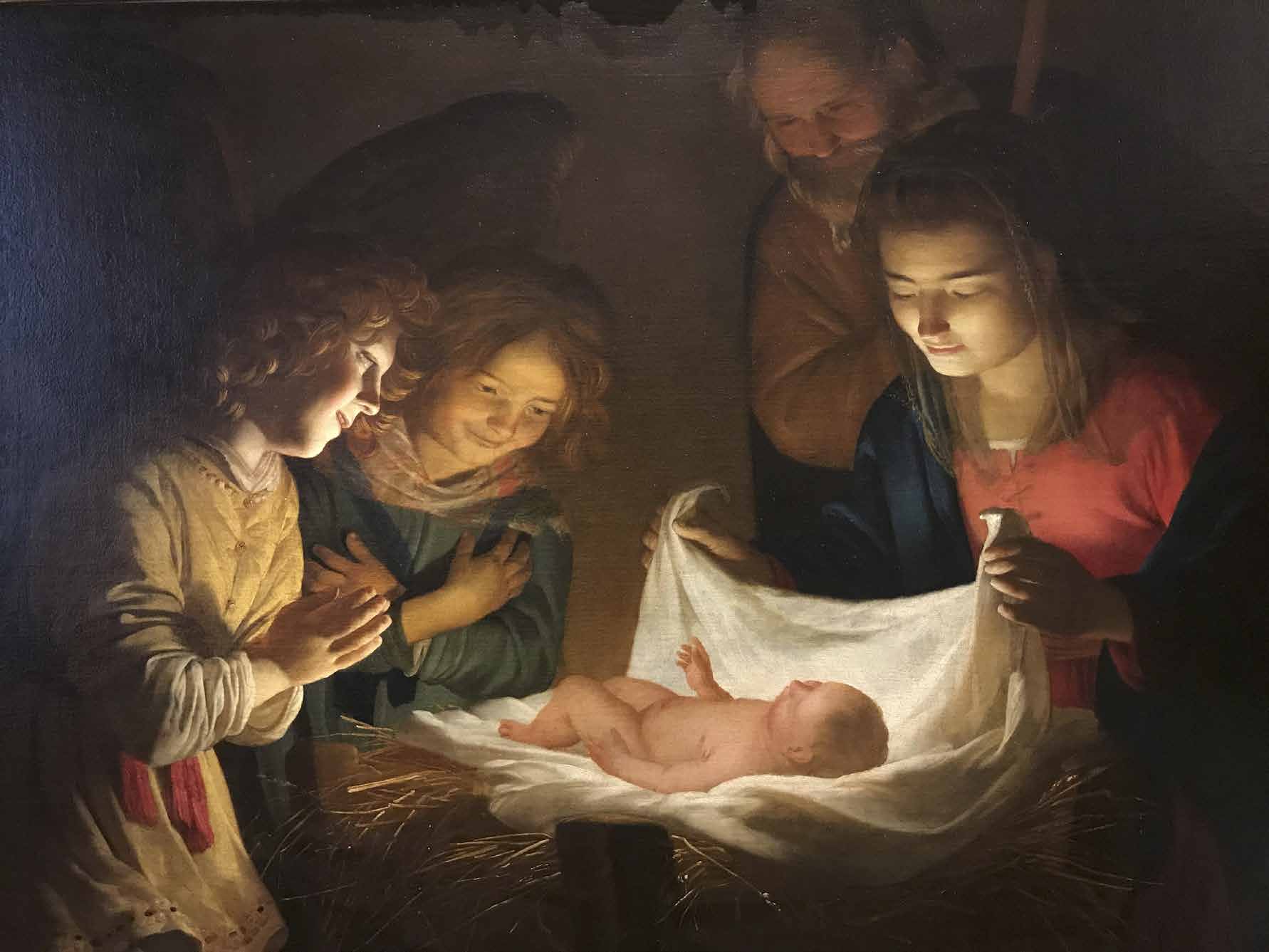
Adoration of the Child
Gerard van Honthorst
I was captivated by the chiaroscuro lighting in this, my favorite masterpiece. Honthorst successfully demonstrates how the only light source comes from the Holy Child. His style was greatly influenced by Caravaggio, who was also a master of light and shadow. Notice the high contrast between the lightest and darkest parts of the painting. I love how he presents this point of view so we can see the expression and light on the faces of those adoring baby Jesus, who is turned away from us. What an excellent example of how the use of shadows make light the focal point. ~ Caryn Esplin ~
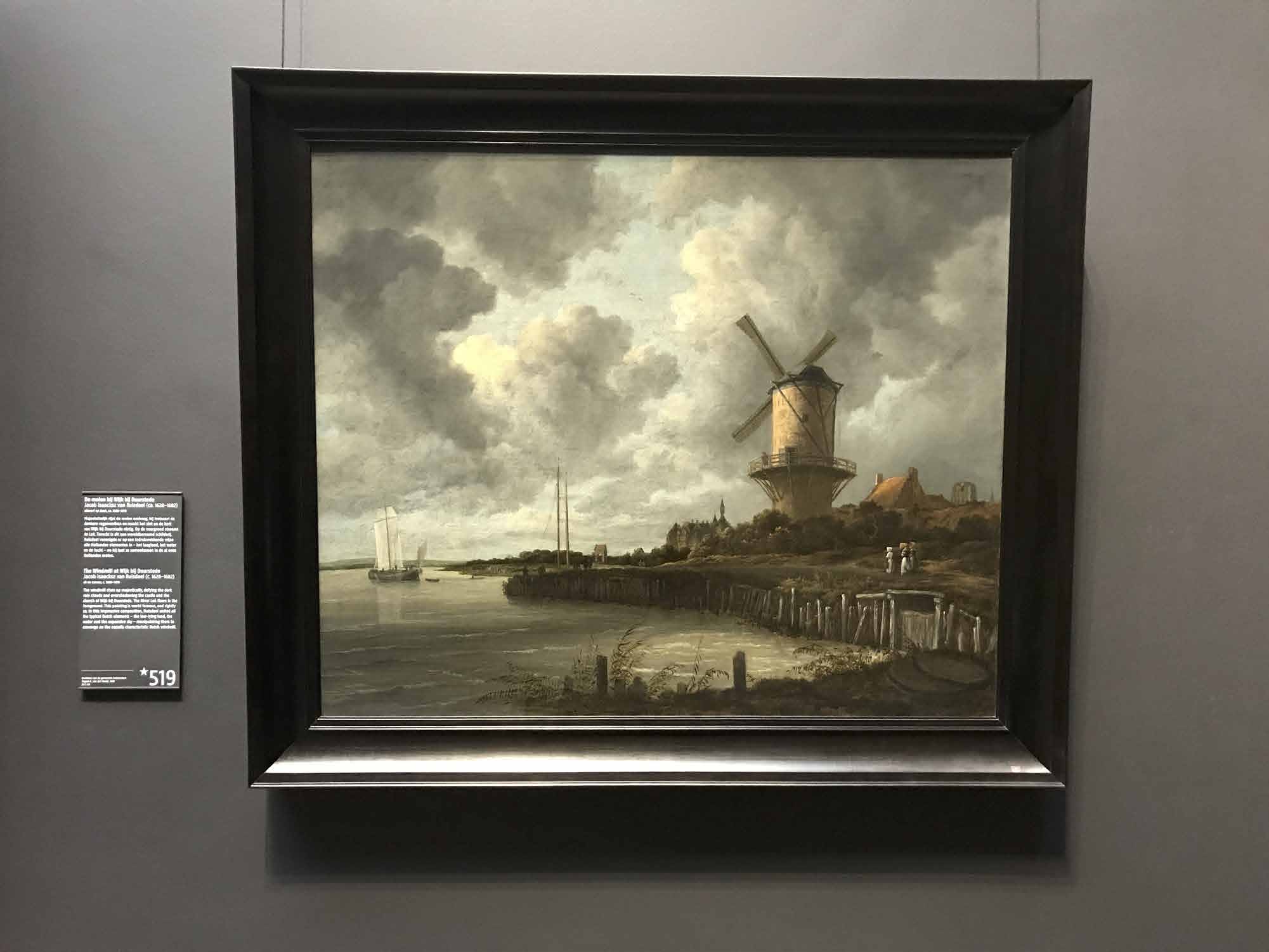
The Windmill at Wijk bij Duurstede
Jacob Isaacksz. van Ruisdael
The windmill rises up majestically, defying the dark rain clouds and overshadowing the castle and the church of Wijk bij Duurstede. The River Lek flows in the foreground. This painting is world famous, and rightly so. In this impressive composition, Ruisdael united all the typical Dutch elements – the low-lying land, the water and the expansive sky – manipulating them to converge on the equally characteristic Dutch watermill. ~ Rijksmuseum ~
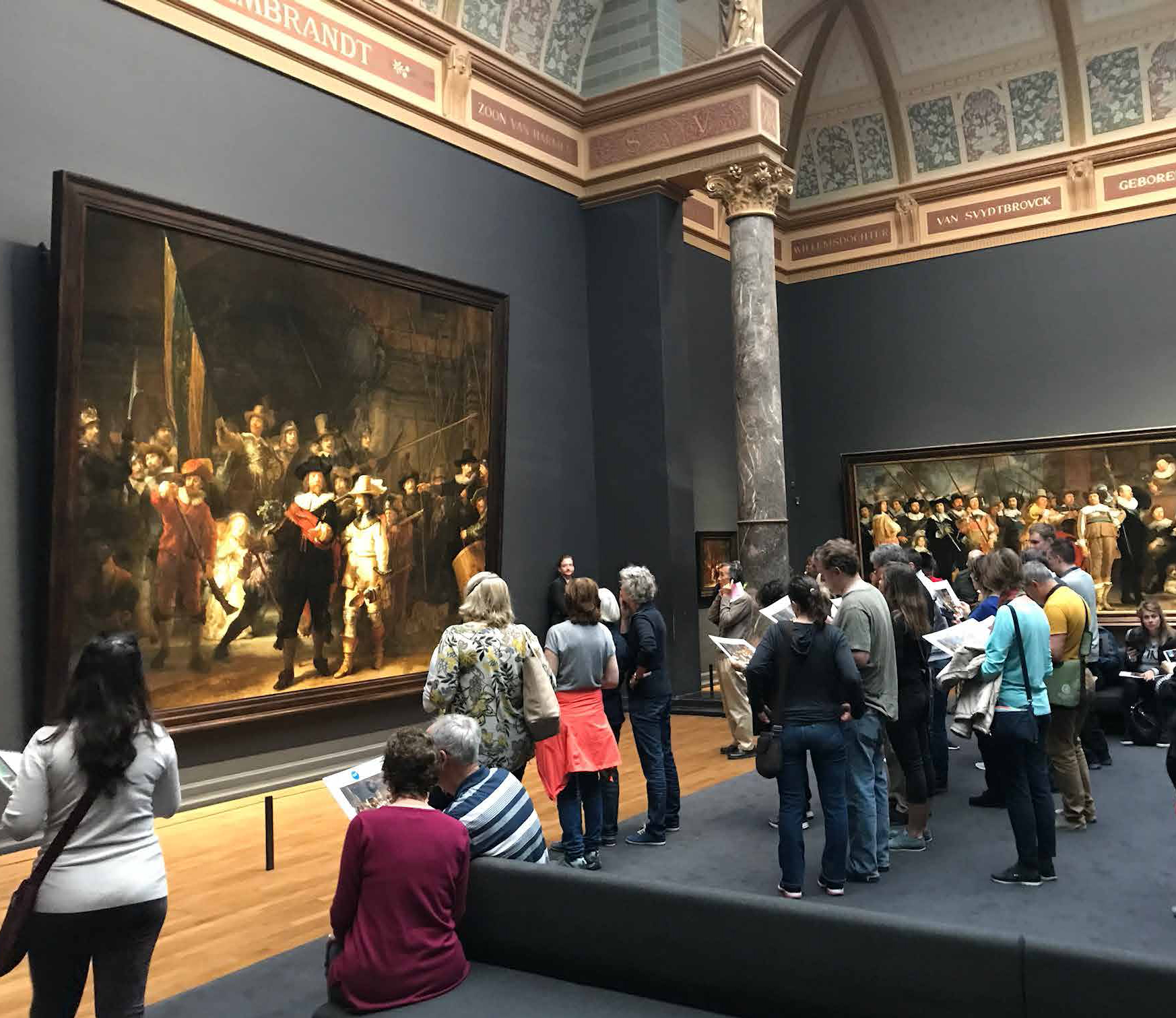
The Night Watch
Rembrandt Harmensz. van Rijn
Rembrandt’s largest, most famous canvas was made for the Arquebusiers guild hall. This was one of several halls of Amsterdam’s civic guard, the city’s militia and police. Rembrandt was the first to paint figures in a group portrait actually doing something. The captain, dressed in black, is telling his lieutenant to start the company marching. The guardsmen are getting into formation. Rembrandt used the light to focus on particular details, like the captain’s gesturing hand and the young girl in the foreground. She was the company mascot. ~Rijksmuseum ~
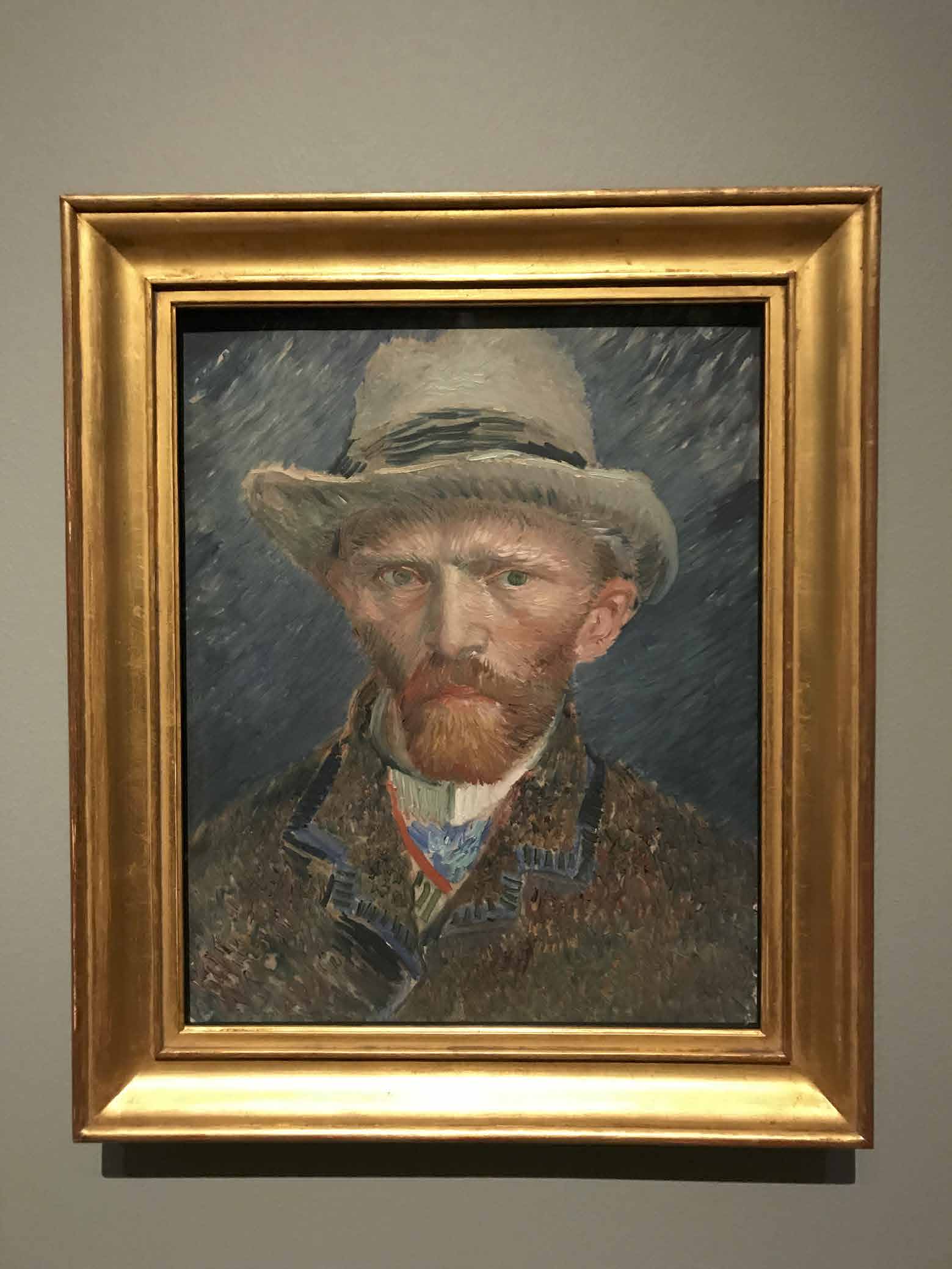
Self Portrait
Vincent Van Gogh
Vincent moved to Paris in 1886, after hearing from his brother Theo about the new, colourful style of French painting. Wasting no time, he tried it out in several self-portraits. He did this mostly to avoid having to pay for a model. Using rhythmic brushstrokes in striking colours, he portrayed himself here as a fashionably dressed Parisian. ~Rijksmuseum ~
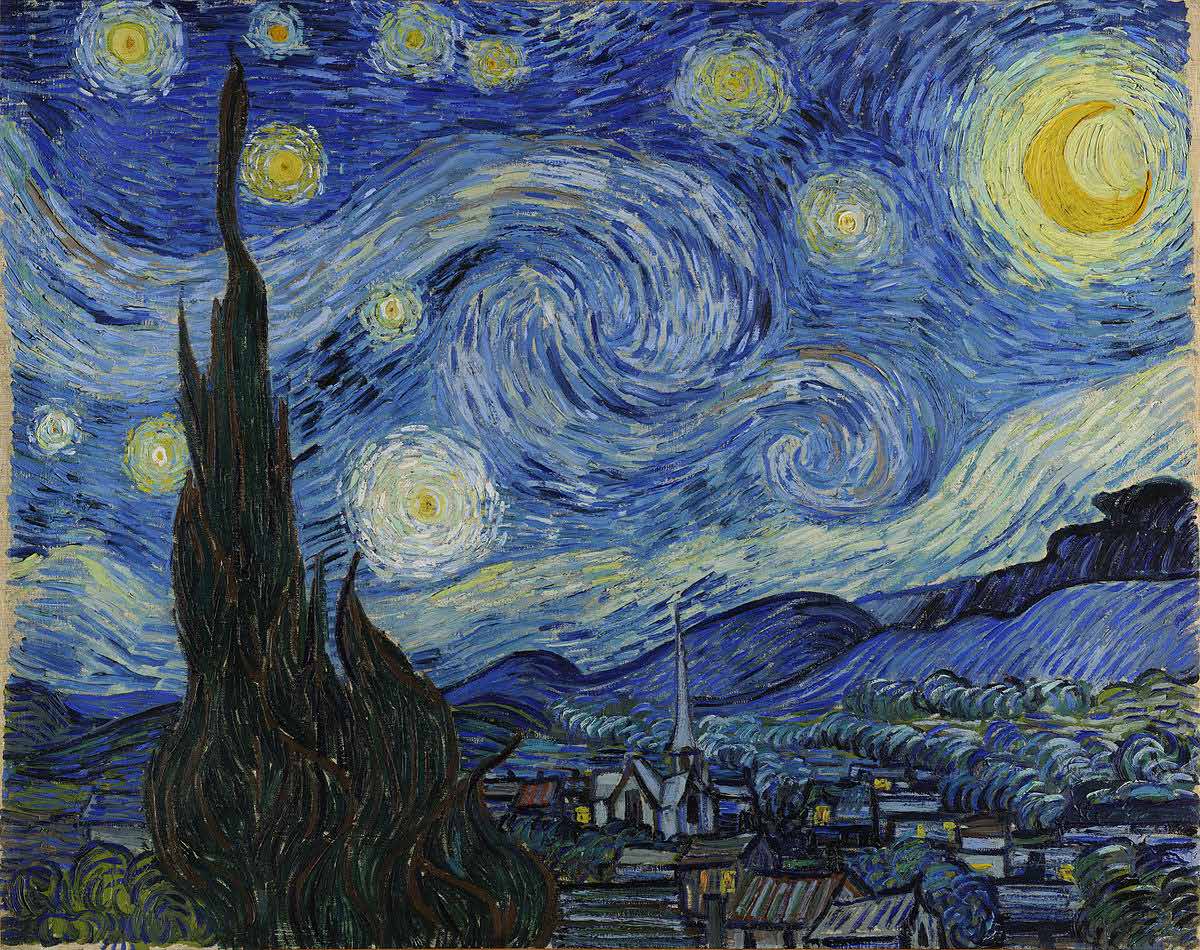
Starry Night
Vincent van Gogh
Although painted from memory, this masterpiece depicts the view outside Van Gogh’s sanitarium room window at Saint-Remy-de-Provence in France. The work shows the artist’s interest in astronomy and a study made by the Griffith Park Observatory demonstrated that Vincent represented the Moon, Venus, and several stars in the exact position they occupied that clear night.
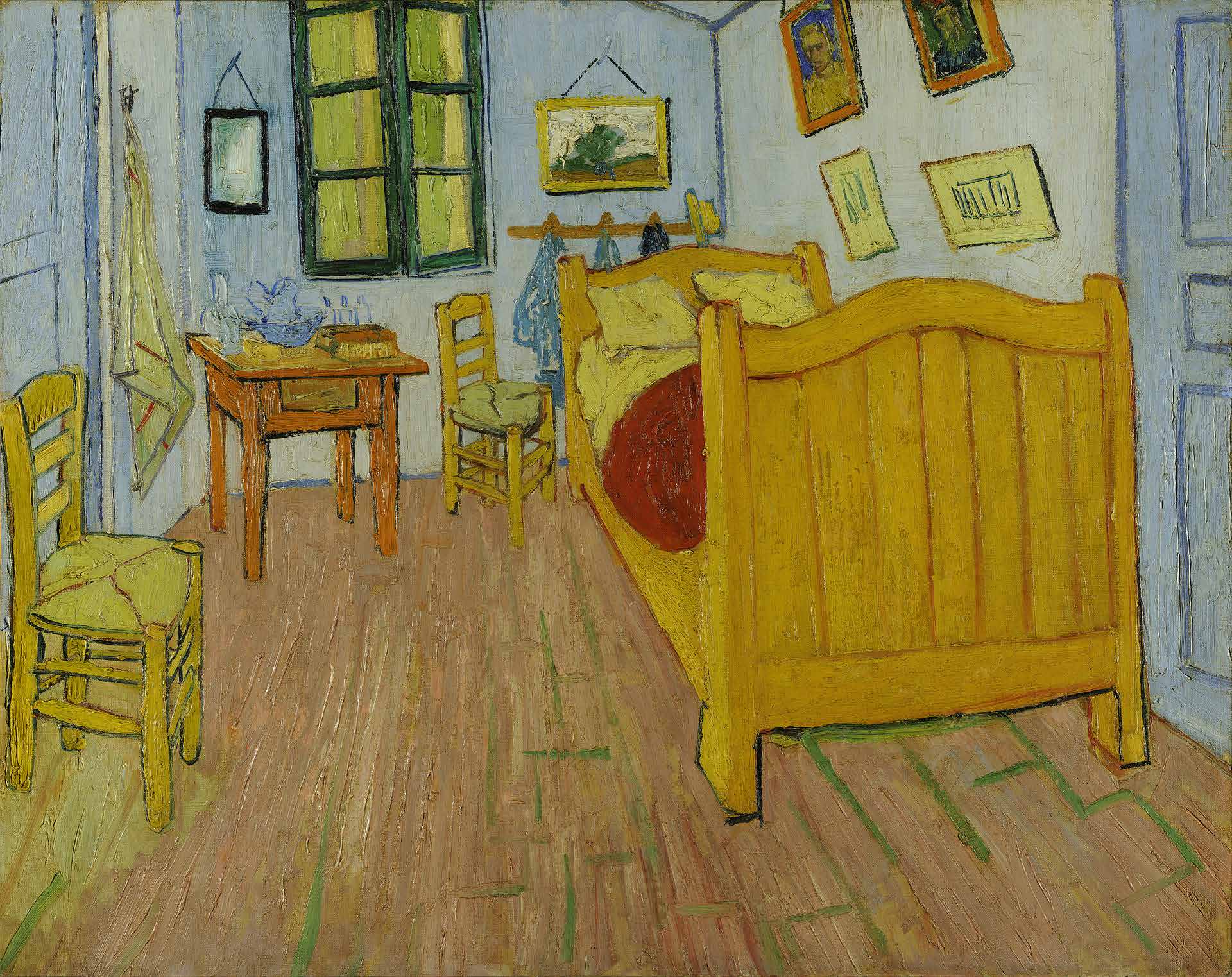
Bedroom in Arles
Vincent van Gogh
This painting is the first version of three similar paintings which are referred to as Bedroom in Arles and were simply titled The Bedroom by Vincent. The three paintings can be differentiated by the pictures hanging on the wall to the right.
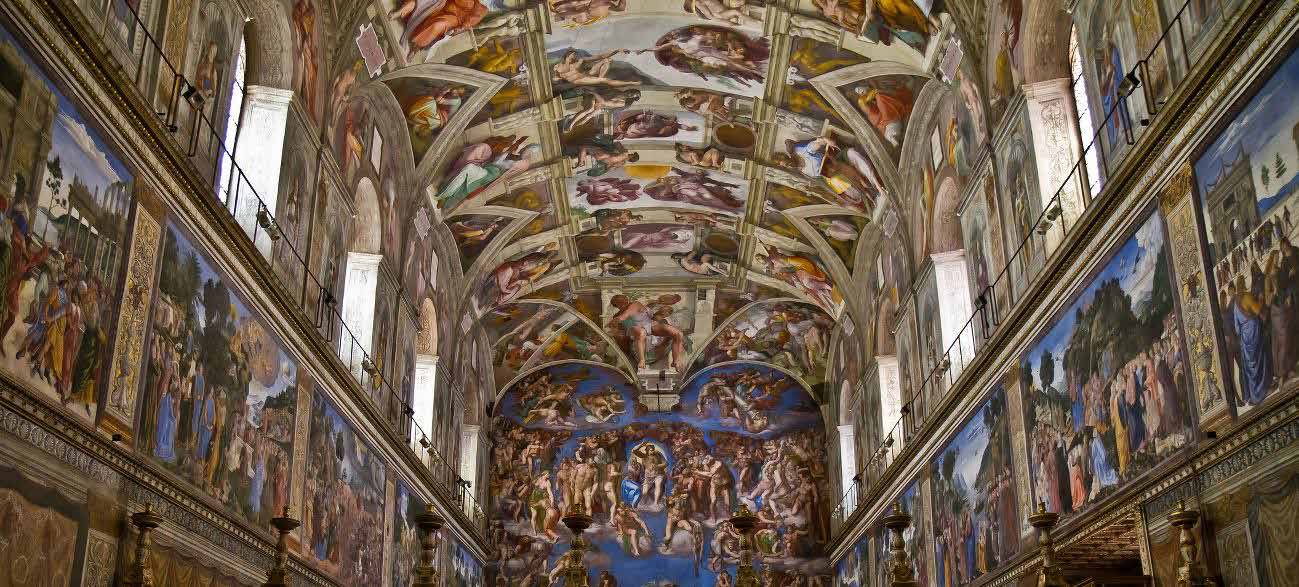
Sistine Chapel
The frescoes that we are contemplating here introduce us into the world of the contents of the Revelation. The truths of our faith speak to us here from all sides. From them human genius took its inspiration undertaking to clothe them in forms of incomparable beauty. ~ Vatican Museums ~
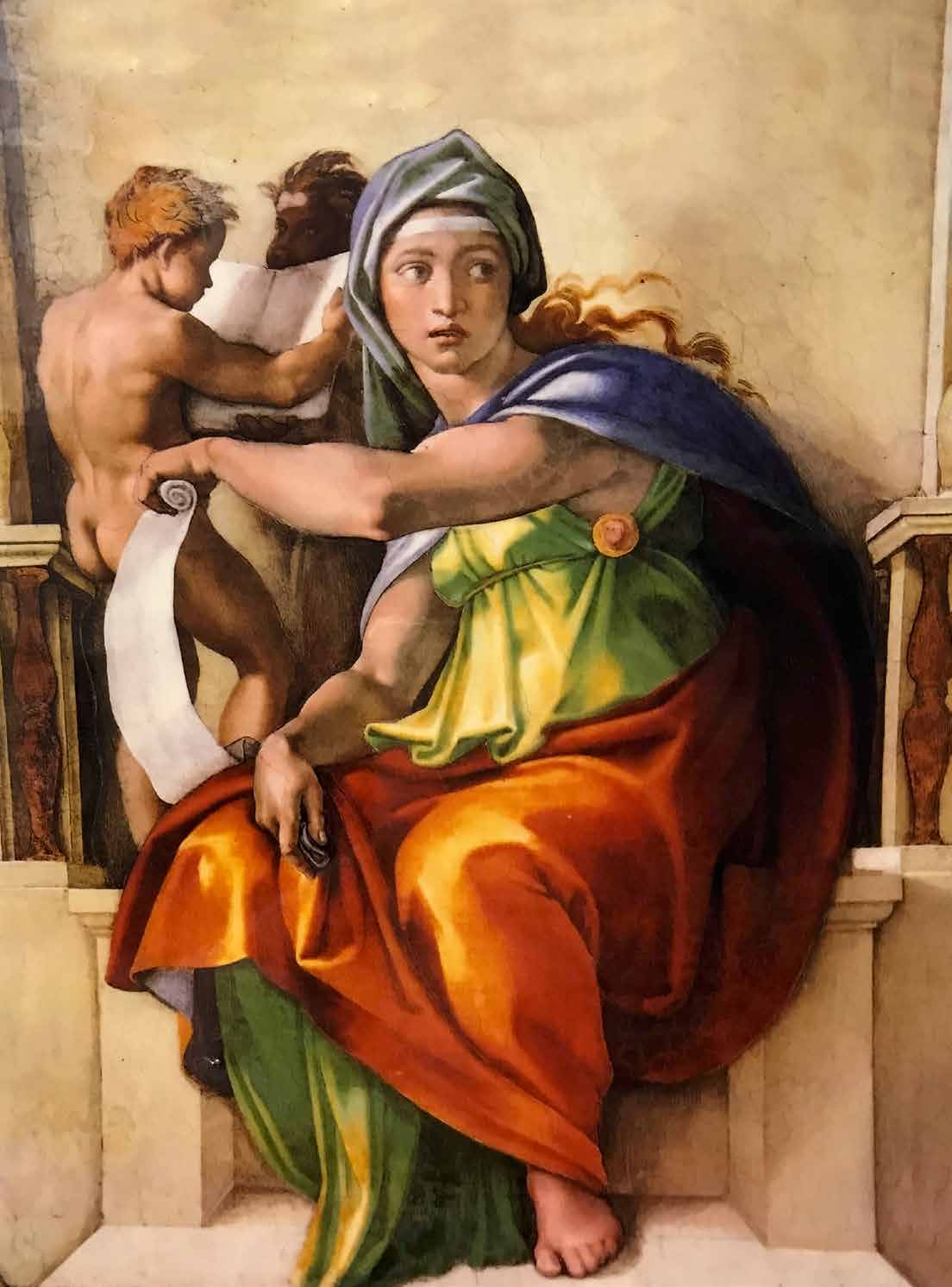
The Delphic Sibyl
Michelangelo
The sibyls were female seers from antiquity who were thought to have predicted the coming of Christ, and this sibyl appears startled as she turns her head away from her prophetic scroll and gazes into the future.
The Delphic Sibyl was the voice of Apollo, the greek god of music, poetry, prophecy, and medicine, and it has been suggested that the four colors in her garments represent Earth, Water, Fire, and Air — the basic elements of life. ~ Lauren Mitchell Ruehring ~
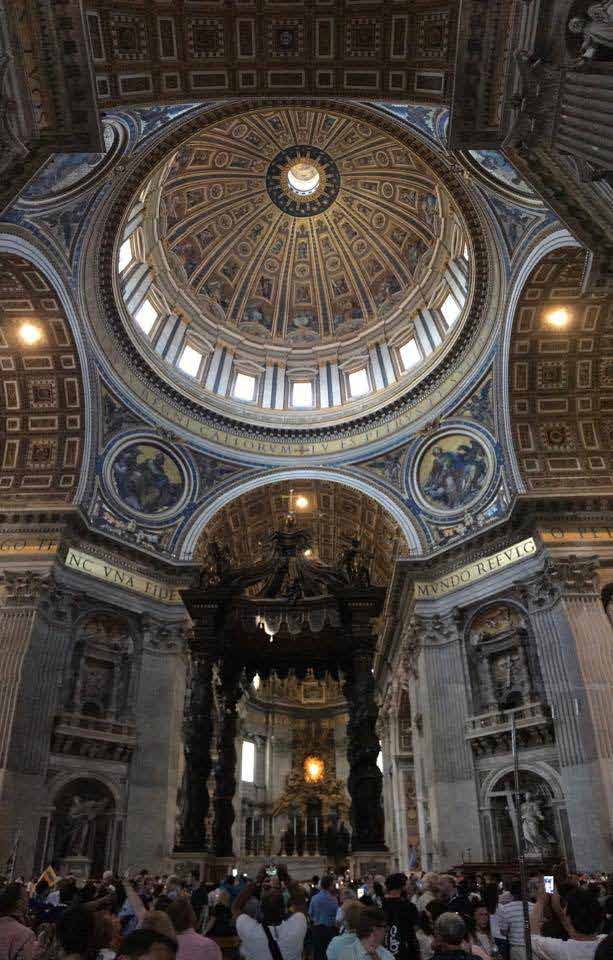
St. Peter's Basilica
The church is built on Vatican Hill, across the Tiber river from the historic center of Rome. The location is highly symbolic: this was the site where Saint Peter, the chief apostle, died a martyr and where he was buried in 64 AD. St. Peter is considered the first pope, so it made perfect sense for the papacy to build the principal shrine of the Catholic church here. ~ A View on Cities ~
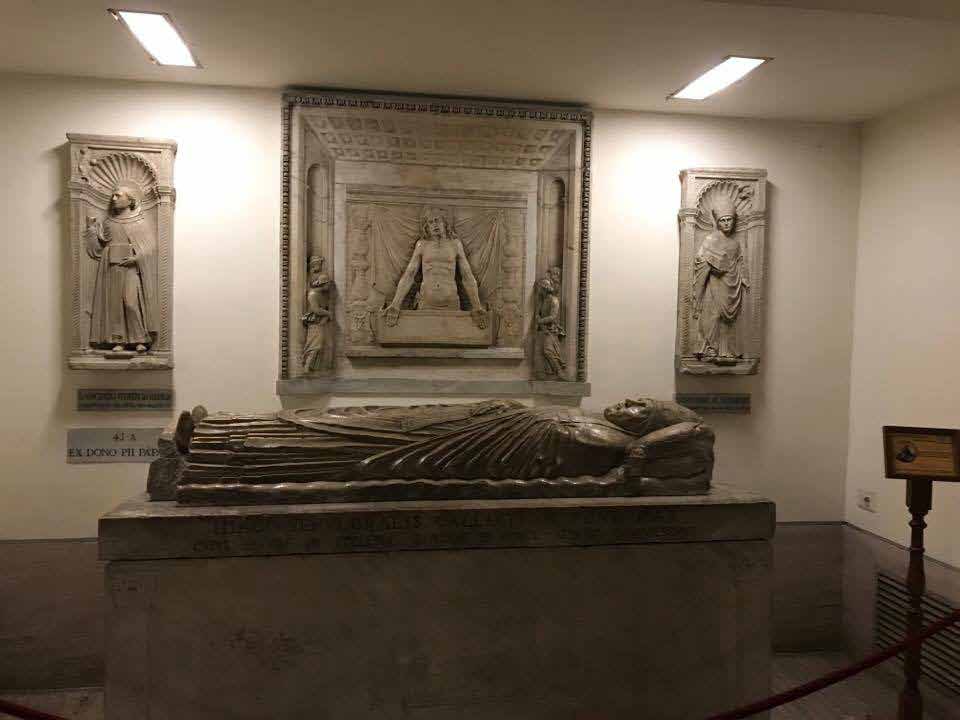
St. Peter's Underground Tour
You can get advance tickets for a special tour to go deep under St. Peters and find the real reason the basilica was placed on this location. Peter’s bones were found here after he was crucified upside down. They are now sealed in a special vault, but there is a place you can see them through a hole in the tomb. I did not have advance tickets, but luckily someone canceled and I loved seeing the undergound tour. We went several stories down, past a lot of large tombs with multiple chambers and intricate marble carvings and statues. The Basilica was also built over an old cemetery.
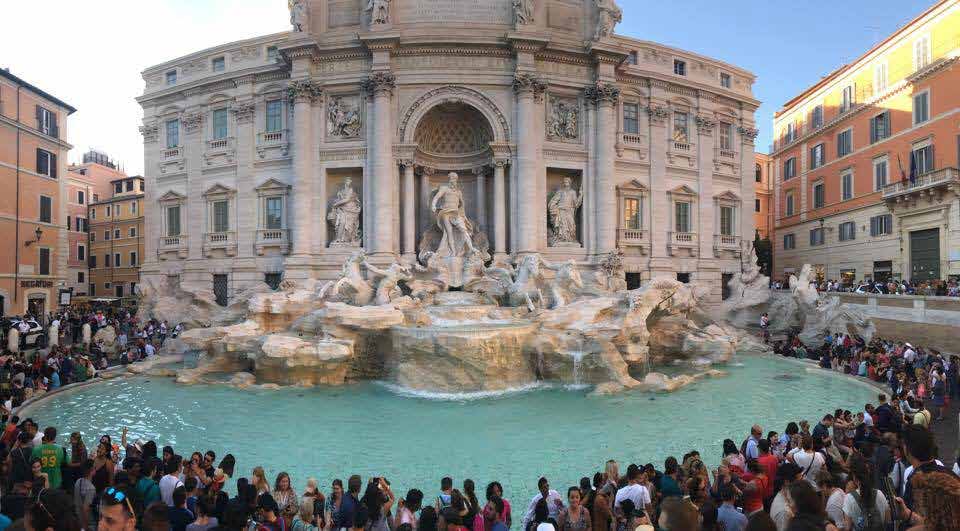
Trevi Fountain
Nicoli Salvi and Pietro Bracci
A traditional legend holds that if visitors throw a coin into the fountain, they are ensured a return to Rome.
The fountain is worldwide famous but many people do not know the history and the secrets hidden behind its construction. It is time to do justice to this extraordinary masterpiece of Italian art.
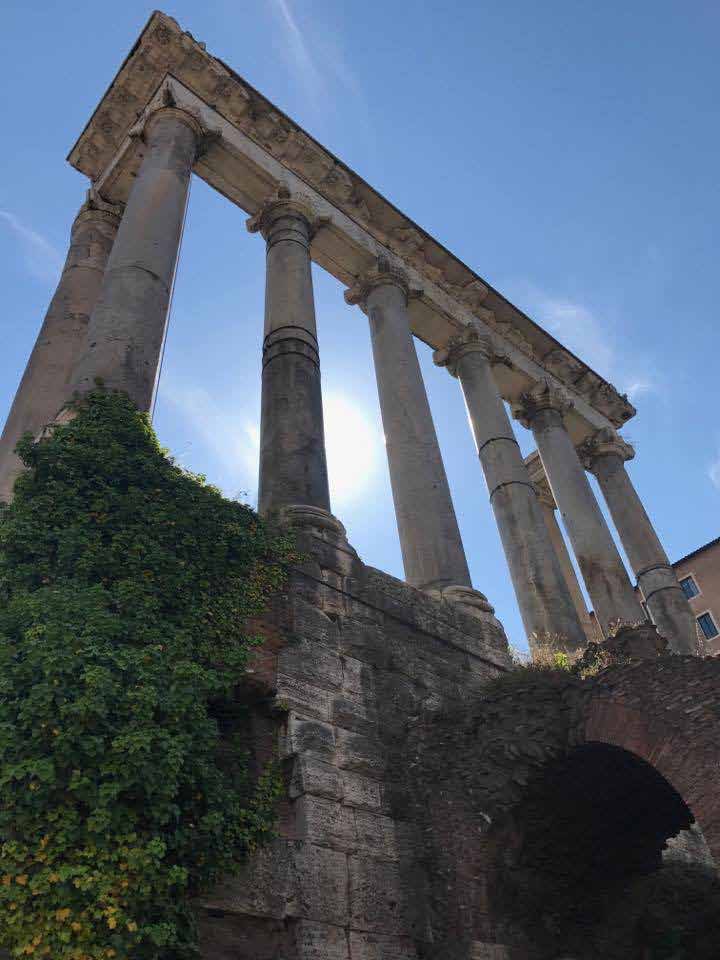
The Colesium
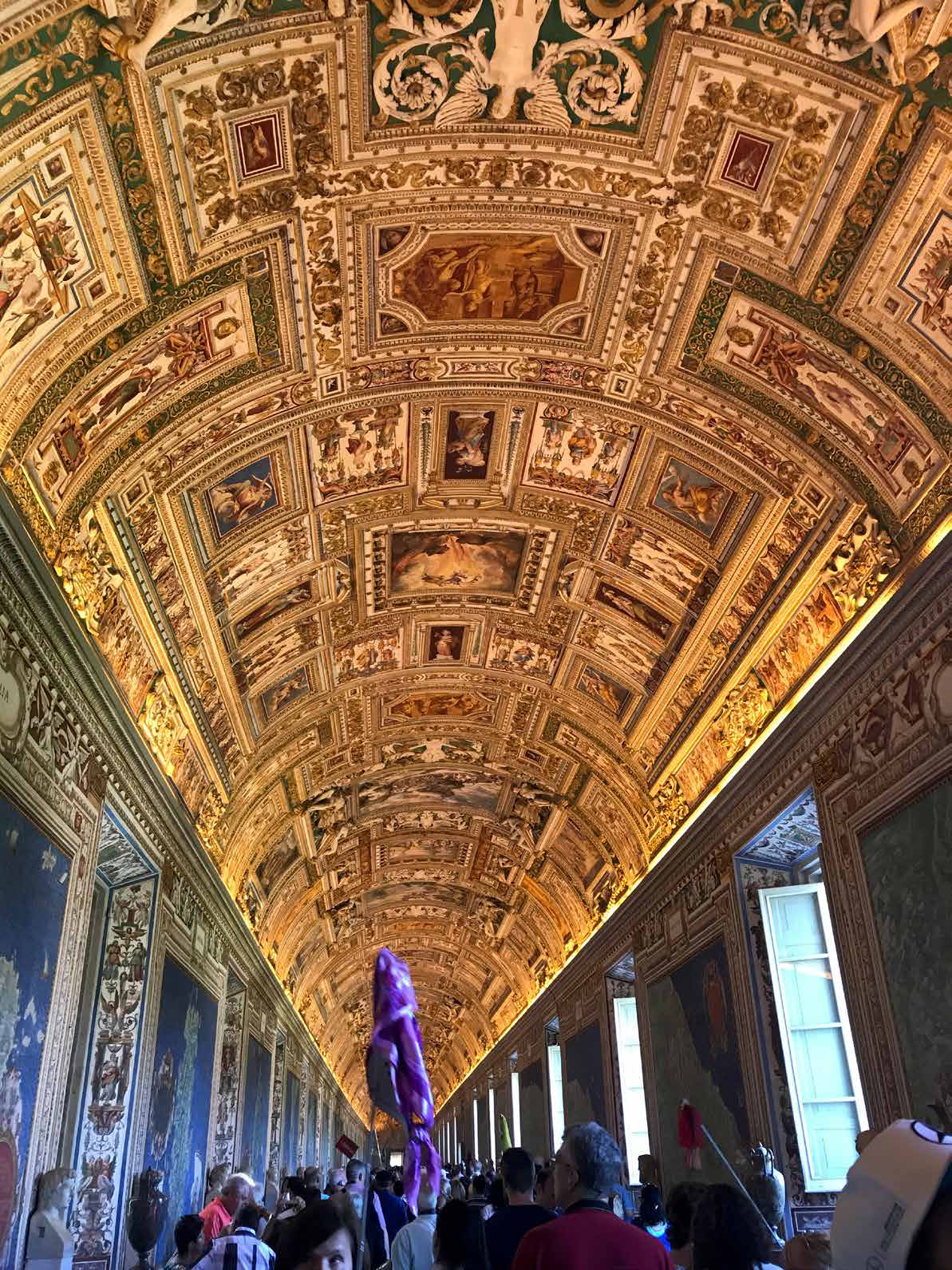
Pope's Ceilings
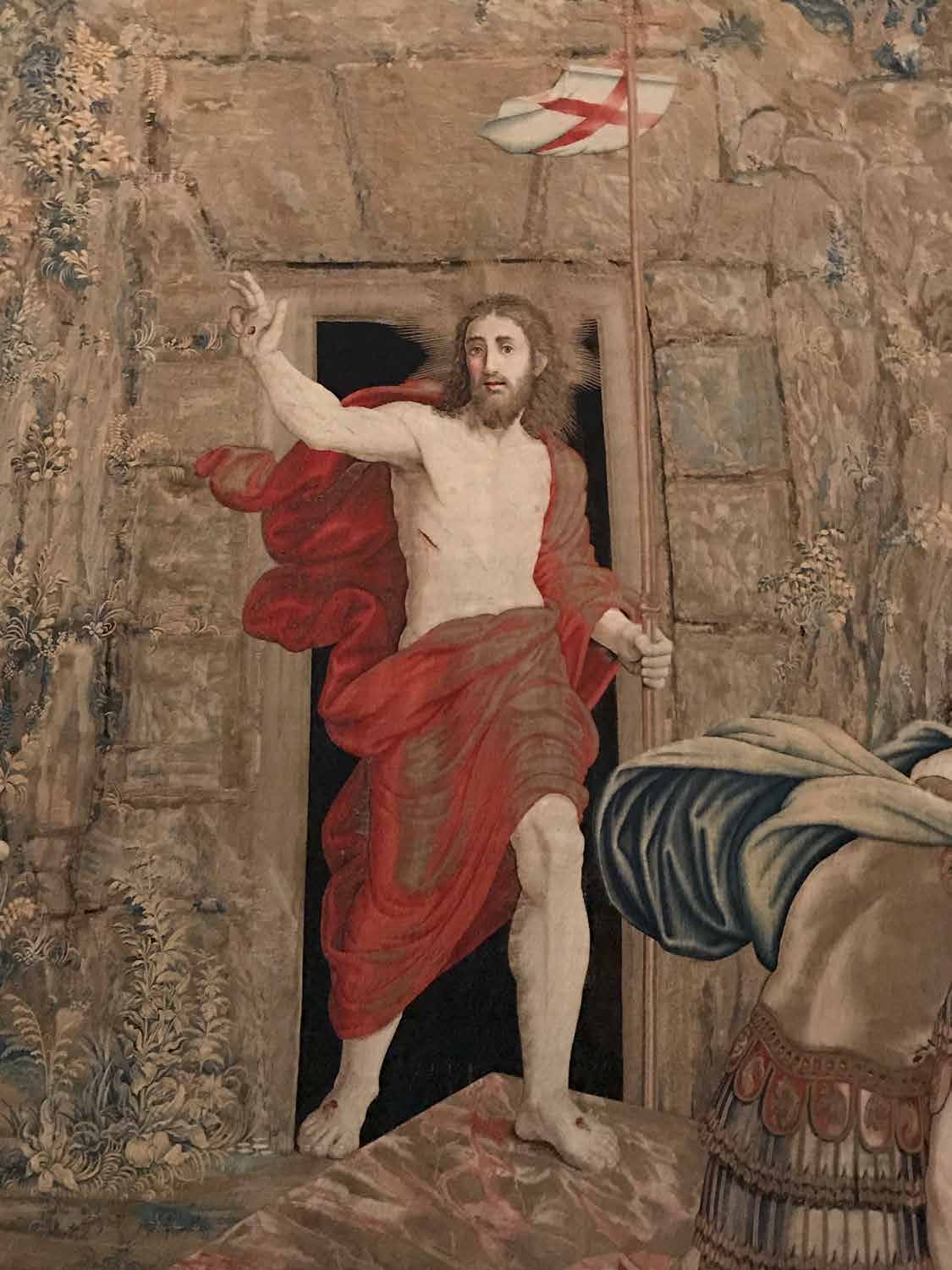
Tapestries
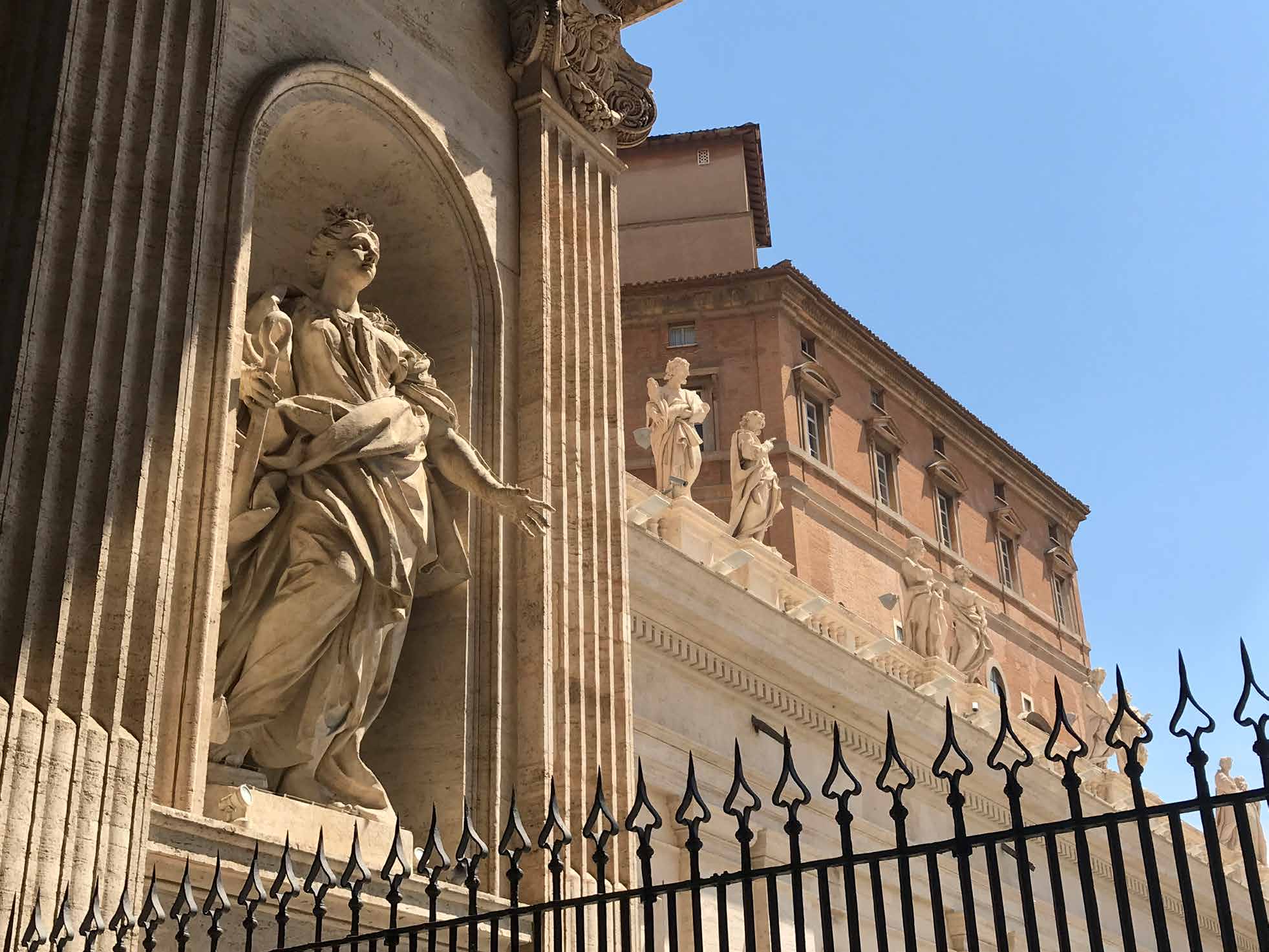
The Pope's Window
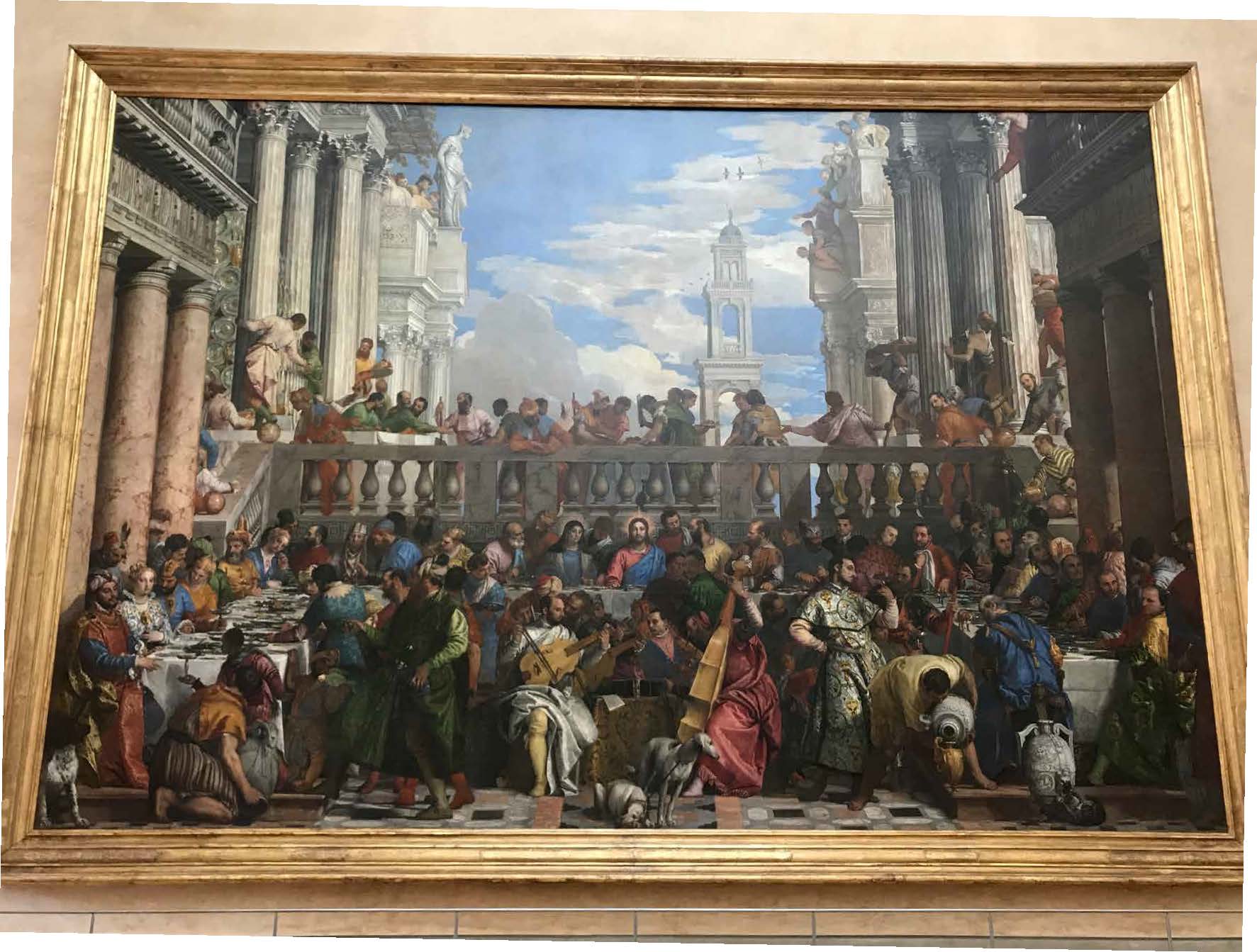
The Wedding at Cana
Paolo Veronese
In 1553, Veronese was summoned to Venice where he gave free rein to his decorative talent in vast canvases that blended masterful composition, splendid contemporary costumes, and luminous colors. The Wedding Feast at Cana graced the refectory designed by Palladio for the Benedictine monastery on the Venetian island of San Giorgio Maggiore. With masterly freedom of interpretation, Veronese transposed the biblical episode to the sumptuous setting of a Venetian wedding. ~ Louvre ~
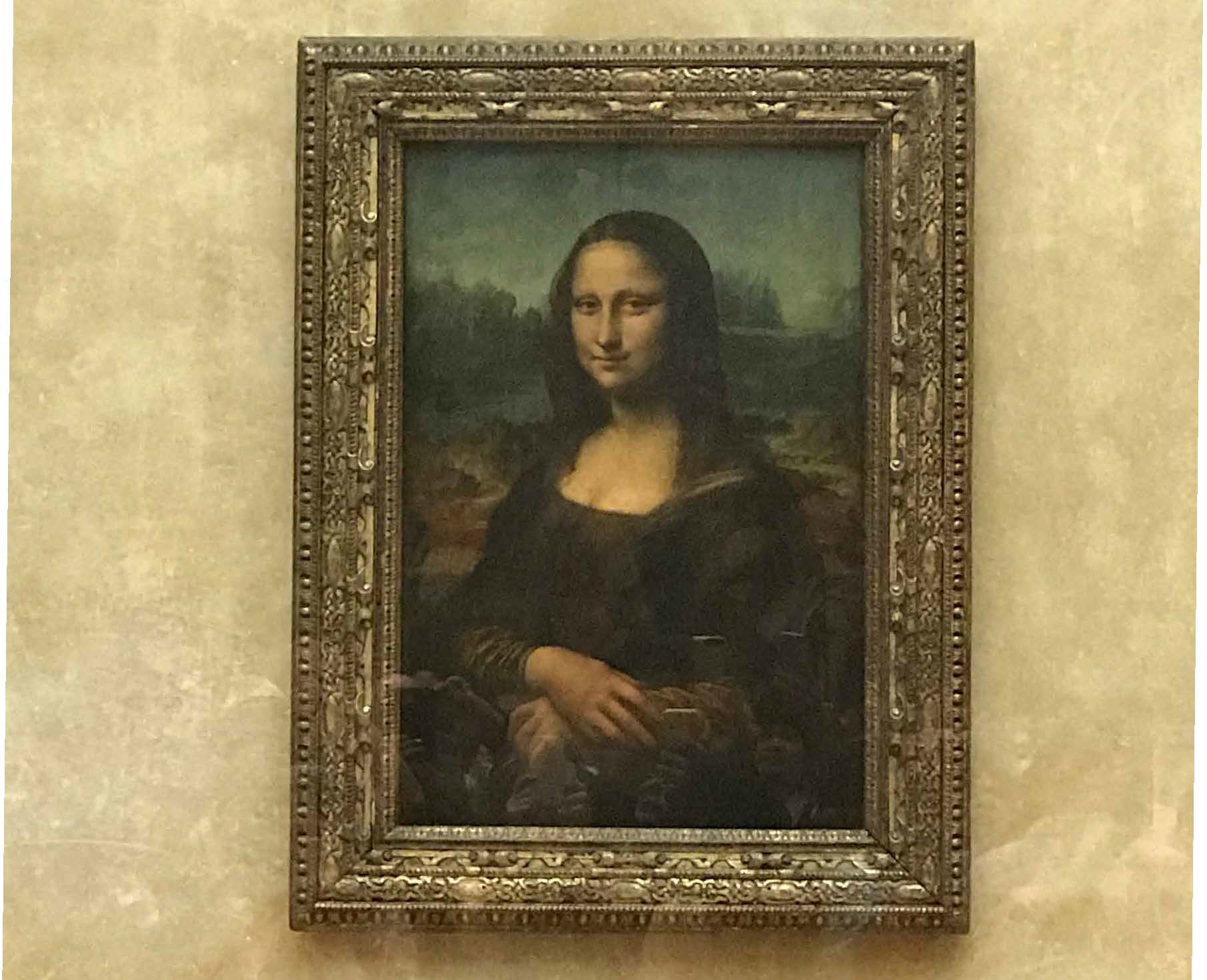
Mona Lisa
Da Vinci
The history of the Mona Lisa is shrouded in mystery. Among the aspects which remain unclear are the exact identity of the sitter, who commissioned the portrait, how long Leonardo worked on the painting, how long he kept it, and how it came to be in the French royal collection.
The portrait may have been painted to mark one of two events – either when Francesco del Giocondo and his wife bought their own house in 1503, or when their second son, Andrea, was born in December 1502 after the death of a daughter in 1499. The delicate dark veil that covers Mona Lisa’s hair is sometimes considered a mourning veil. In fact, such veils were commonly worn as a mark of virtue. Her clothing is unremarkable. Neither the yellow sleeves of her gown, nor her pleated gown, nor the scarf delicately draped round her shoulders are signs of aristocratic status. ~ Louvre ~
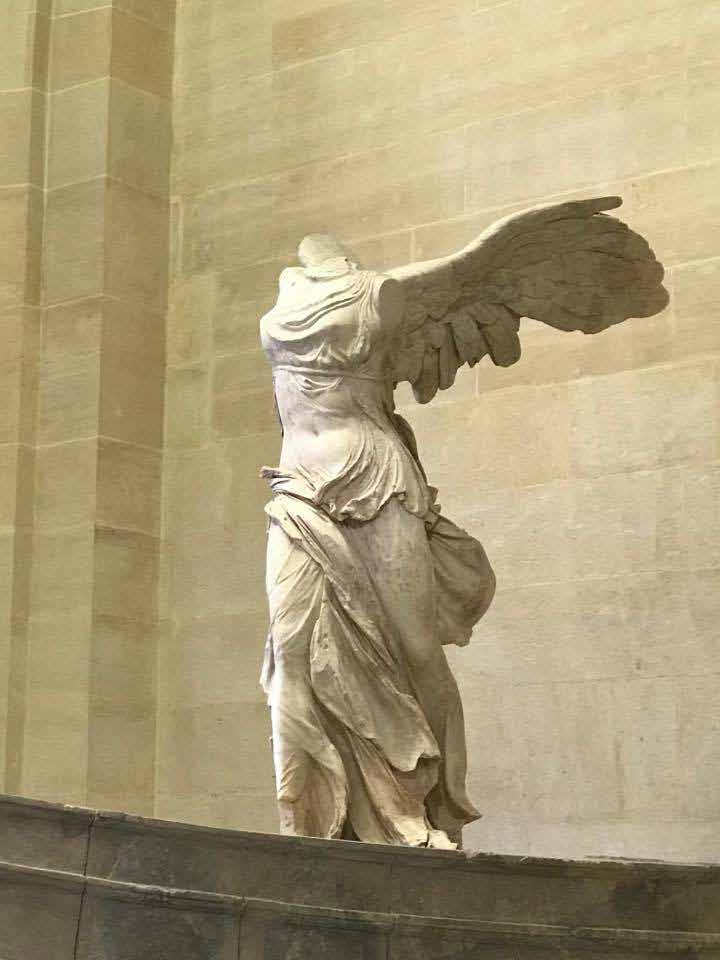
Winged Victory of Samothrace
Da Vinci
The winged goddess of Victory standing on the prow of a ship overlooked the Sanctuary of the Great Gods on the island of Samothrace. This monument was probably an ex-voto offered by the people of Rhodes in commemoration of a naval victory in the early second century BC. The theatrical stance, vigorous movement, and billowing drapery of this Hellenistic sculpture are combined with references to the Classical period-prefiguring the baroque aestheticism of the Pergamene sculptors. ~ Louvre ~
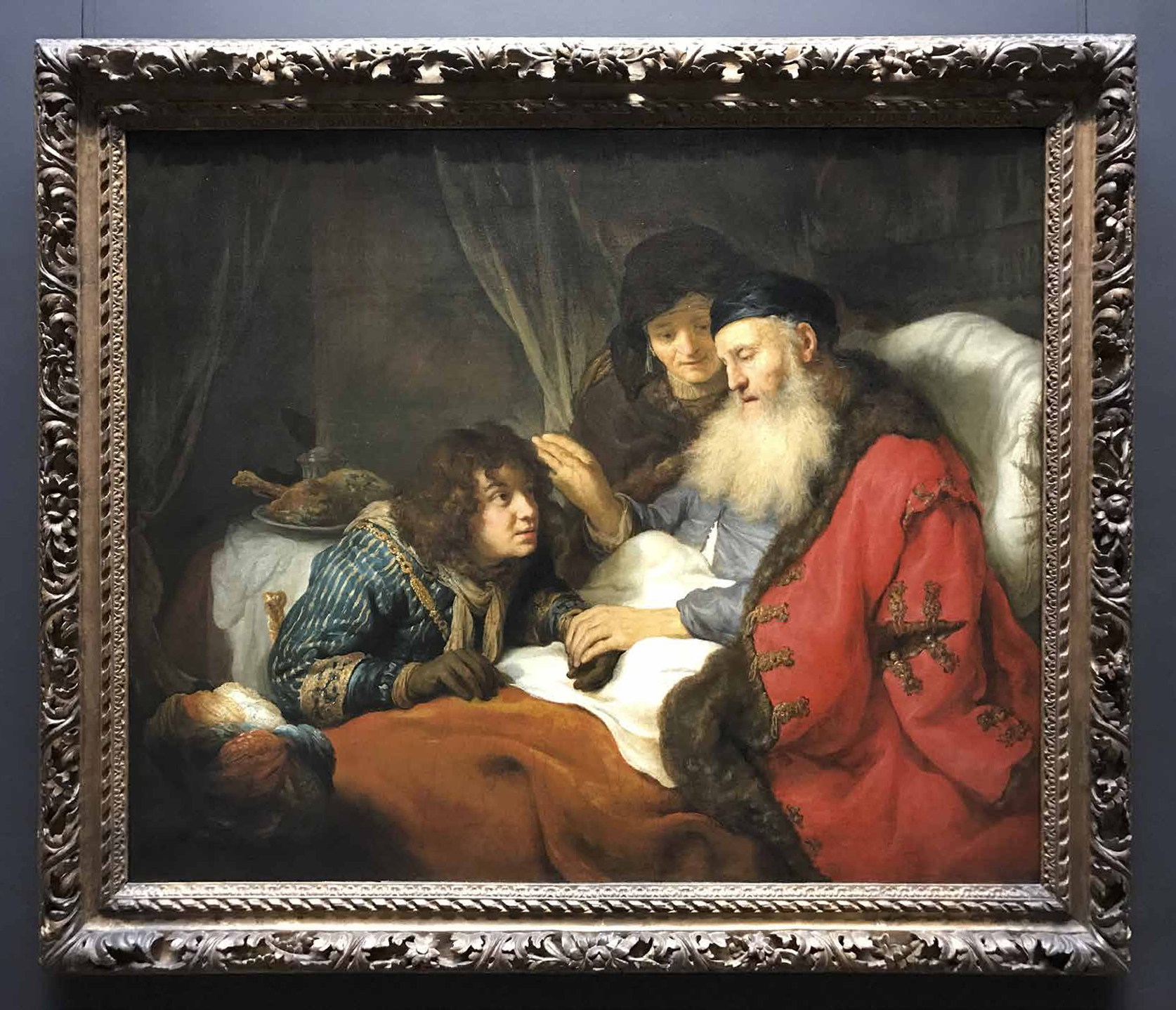
Issac Blessing Jacob
Govert Flinck
The Bible recounts how Jacob, pretending to be his brother Esau, tricked their blind father into bestowing Esau’s rightful blessing on him. The idea of imitating Esau’s hirsute arms by wearing animal-skin gloves came from their mother Rebecca, who looks on from behind the bed. Flinck derived both this painting technique and narrative style from Rembrandt, by whom he was trained. ~ Rijksmuseum ~
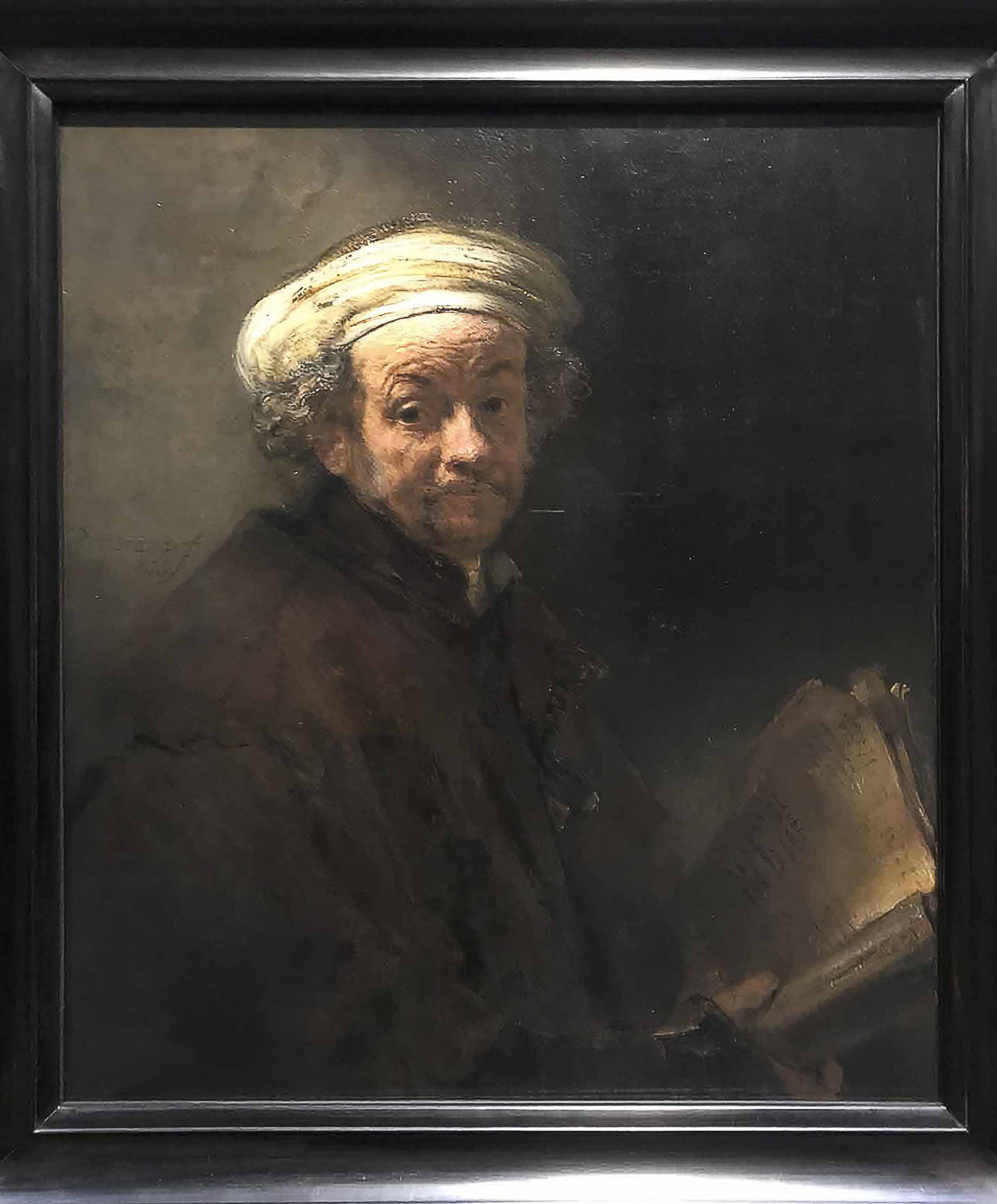
Self Portrait as the Apostle Paul
Rembrandt Harmensz. van Rijn
This is Rembrandt’s first and only self portrait in the guise of a biblical figure. The manuscript and the sword projecting from his cloak are Paul’s traditional attributes. Like the other apostles Rembrandt painted in the same period, Paul too is a real, everyday person. By using his own likeness here Rembrandt encourages a direct bond with the saint. ~Rijksmuseum ~
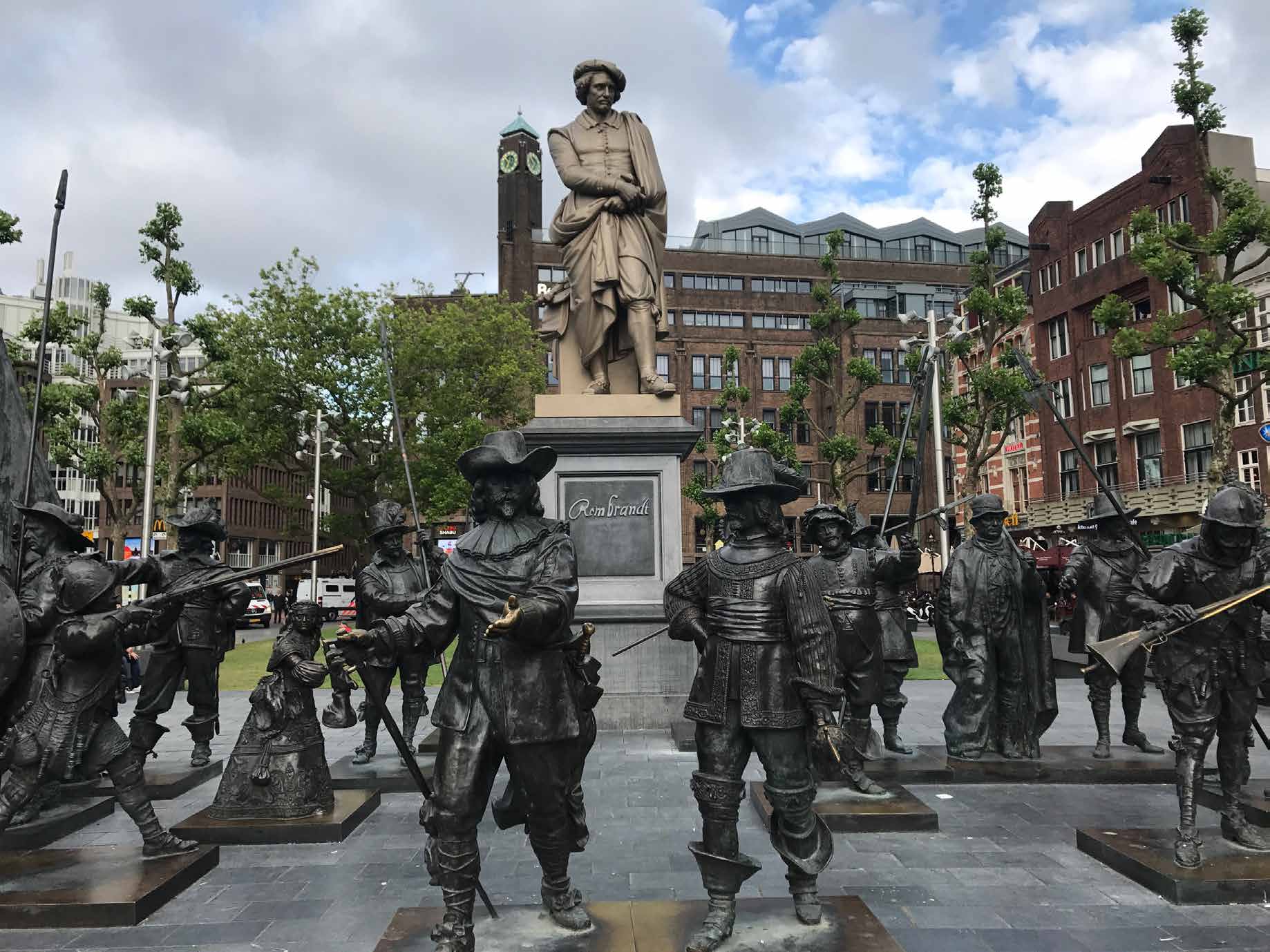
Rembrandt Square Sculpture
Mikhail Dronov and Alexander Taratynov
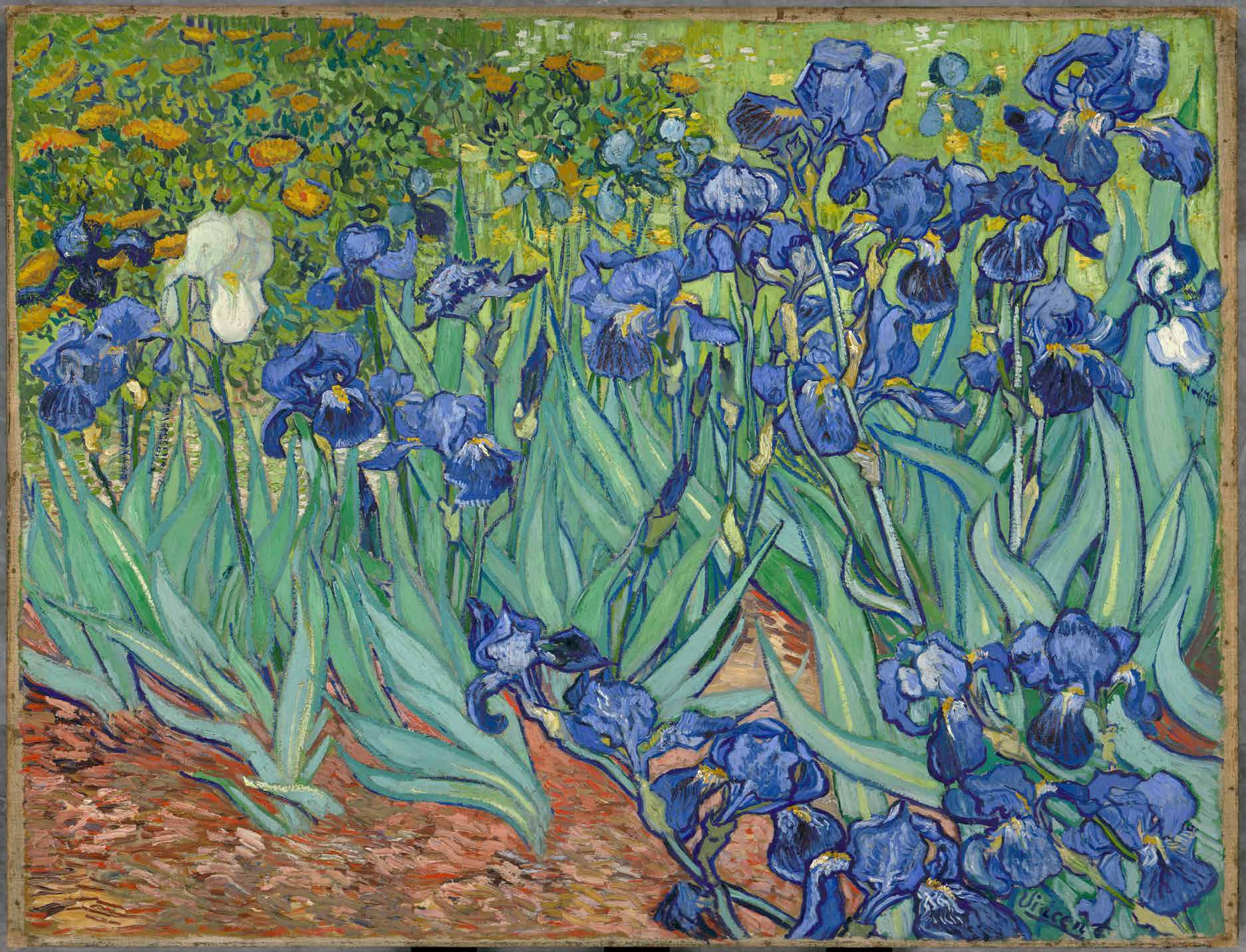
Irises
Vincent van Gogh
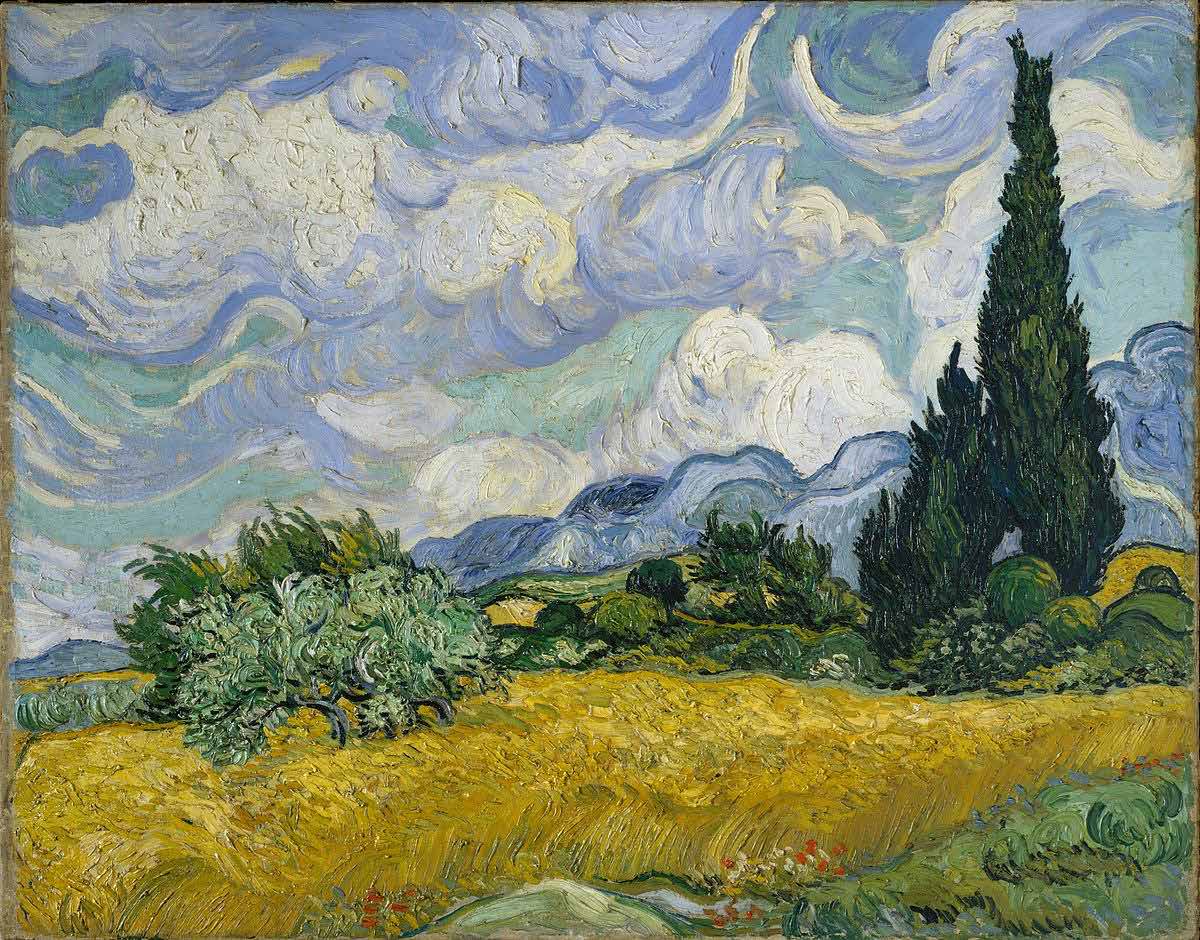
Wheat Field with Cypresses
Vincent van Gogh
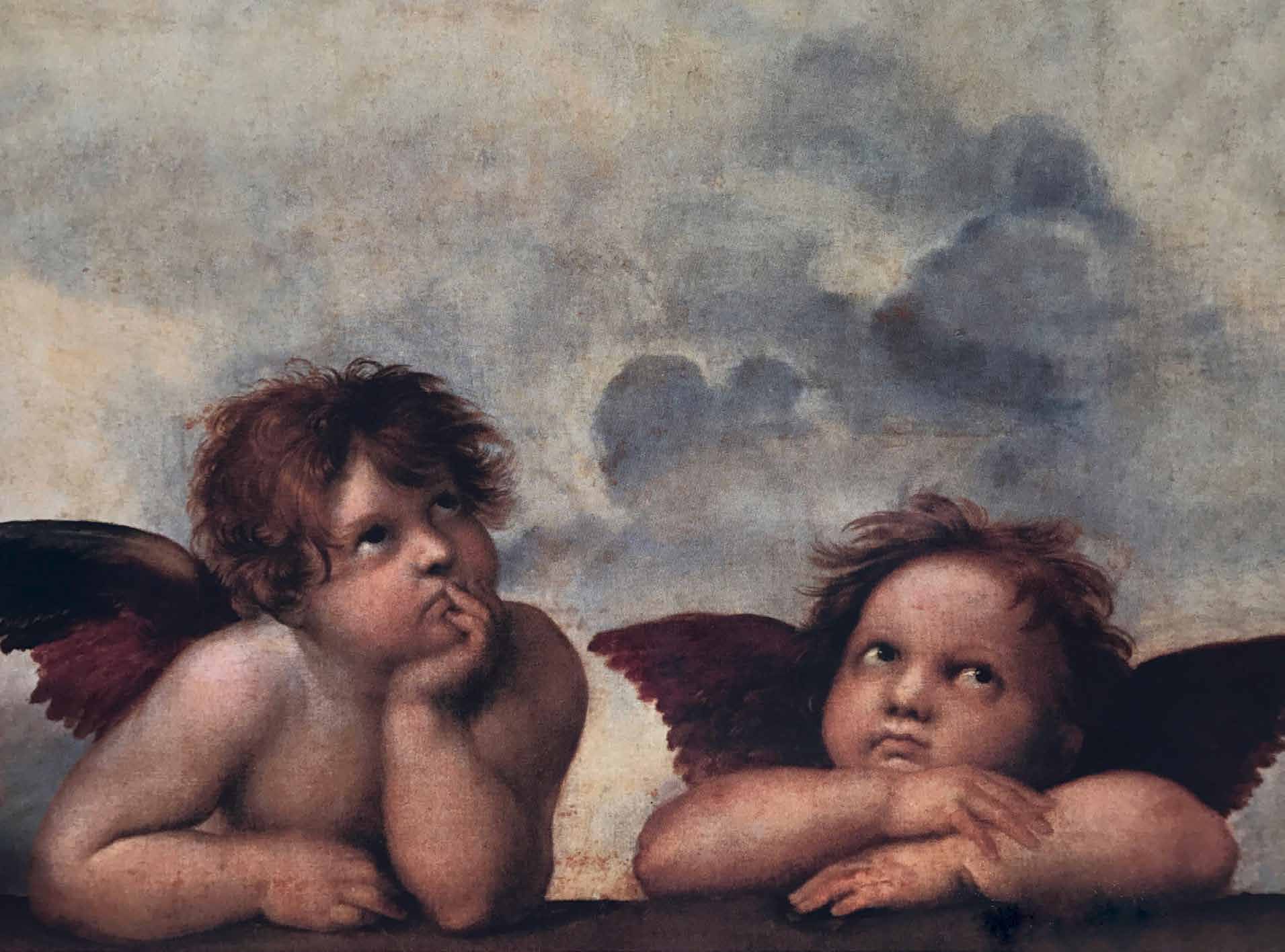
Sistine Madonna
Raphael
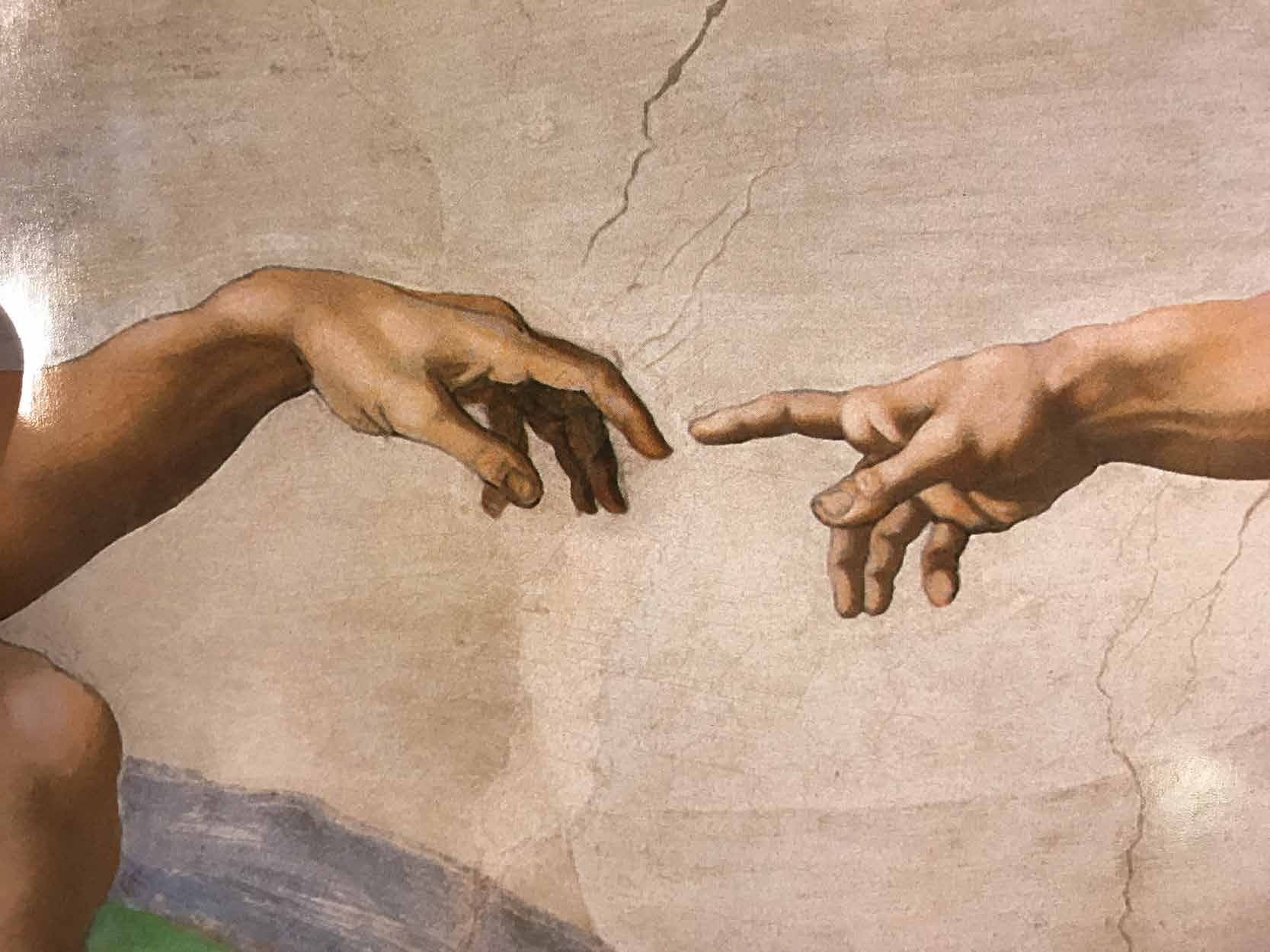
The Creation of Adam
Michelangelo
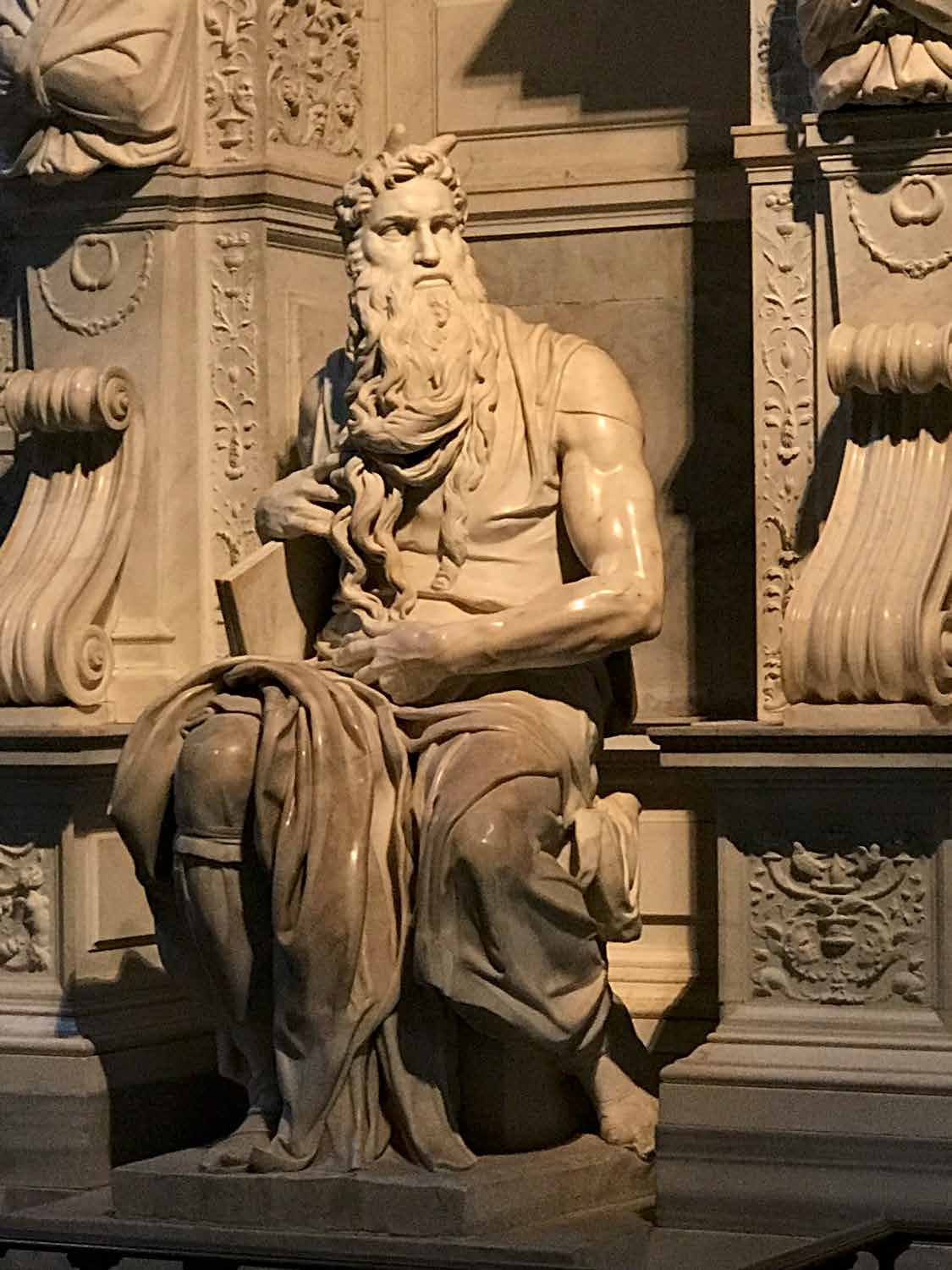
Moses
Michelangelo
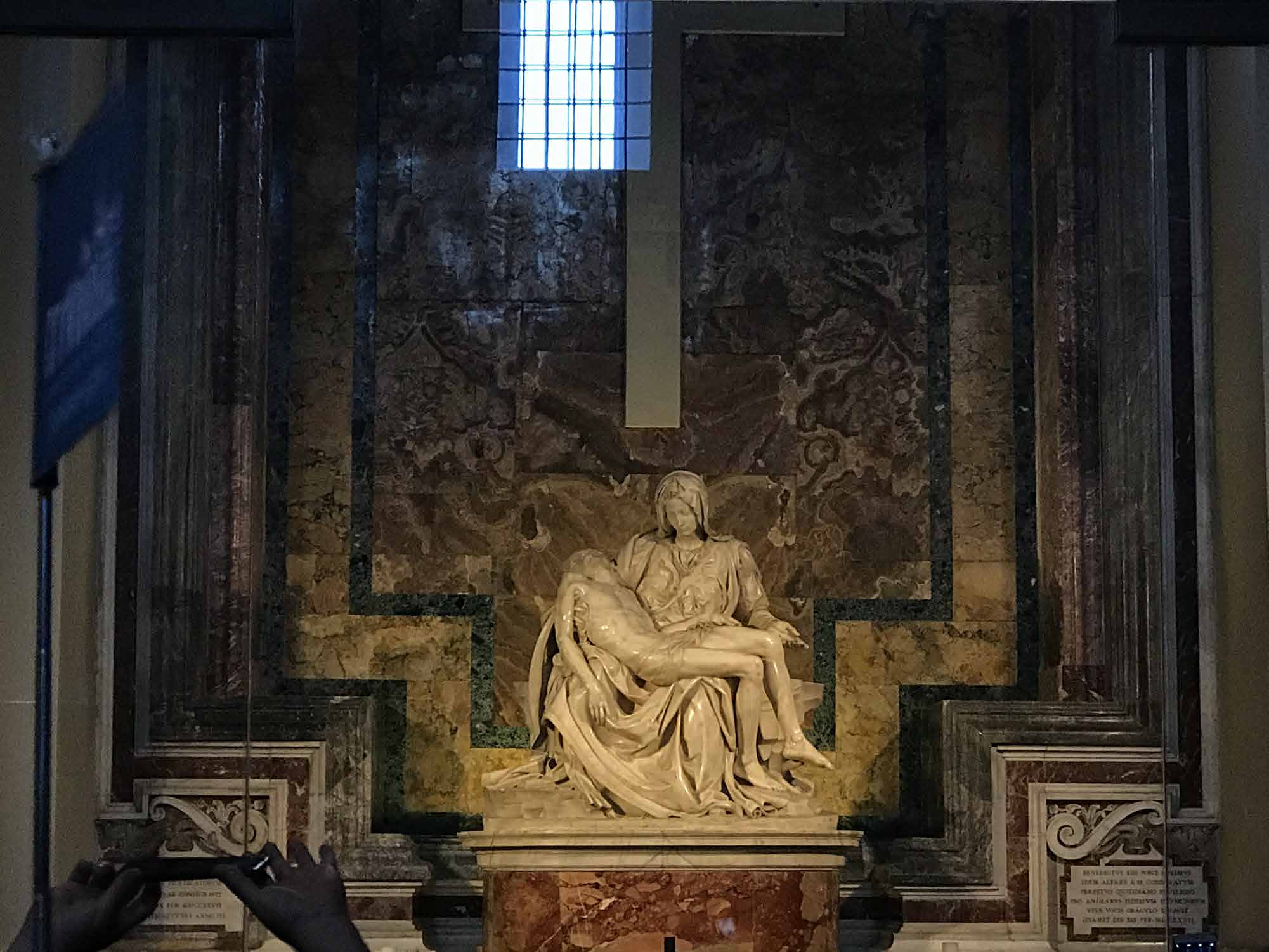
La Pietá
Michelangelo
The scene of the Pieta shows the Virgin Mary holding the dead body of Christ after his crucifixion, death, and removal from the cross, but before he was placed in the tomb. This is one of the key events from the life of the Virgin, known as the Seven Sorrows of Mary, which were the subject of Catholic devotional prayers. The subject matter was one which would have probably been known by many people, but in the late fifteenth century it was depicted in artworks more commonly in France and Germany than in Italy. ~ Italian Renaissance ~
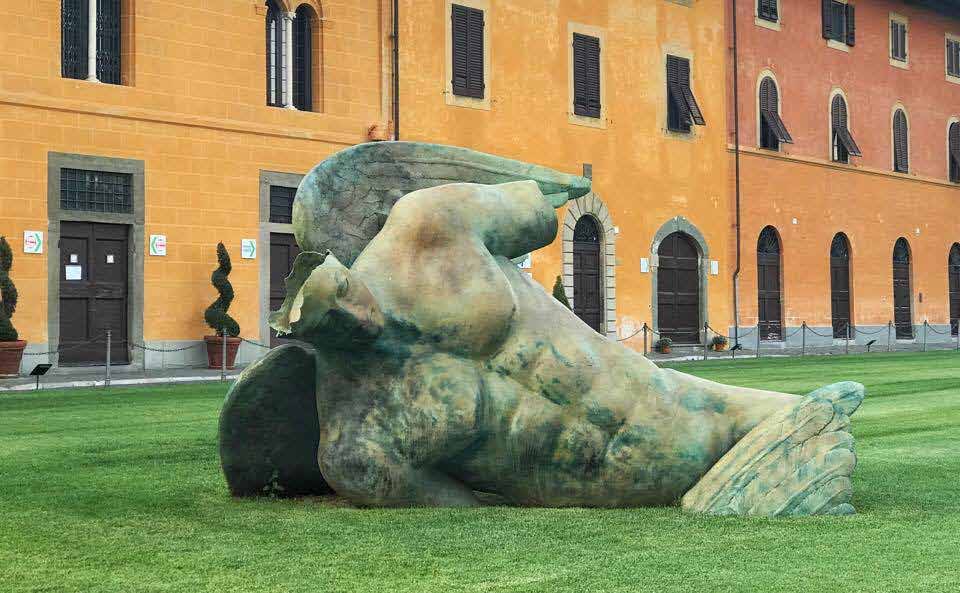
Fallen Angel
Igor Mitoraj
The reason why his works are fragmented or seem damaged is not only to mimic the ravages of time – the artist also underlines that the modern times we’re living in inflict a strong damage on human soul, because of the isolation and the lack of basic human contact. Some of his sculptures are blindfolded, which is a great metaphor for our isolation and loneliness. ~ Widewalls ~
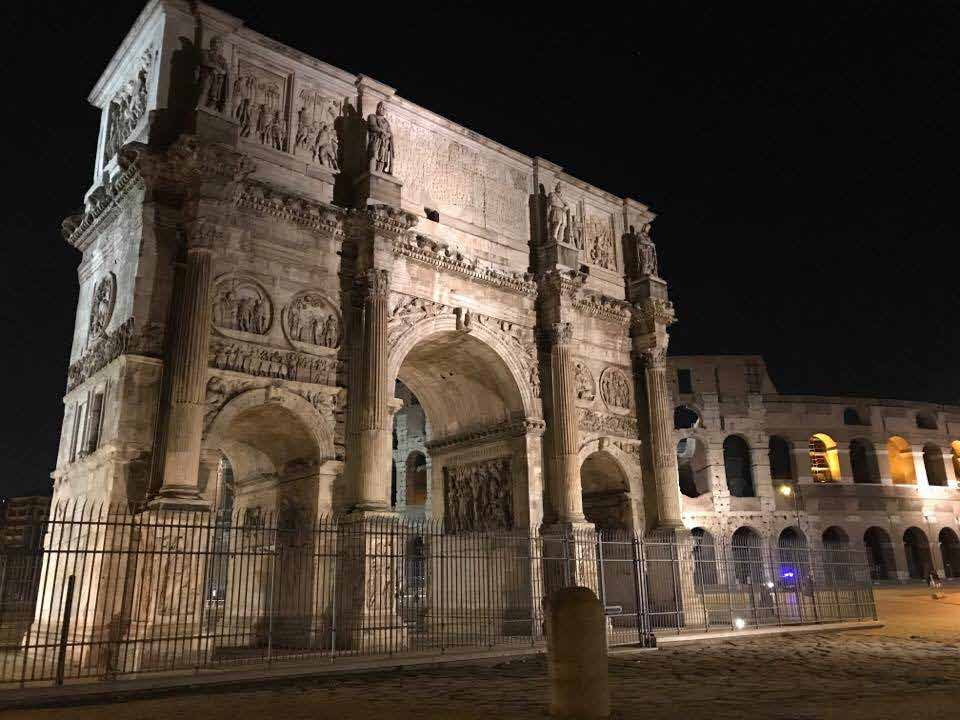
Rome
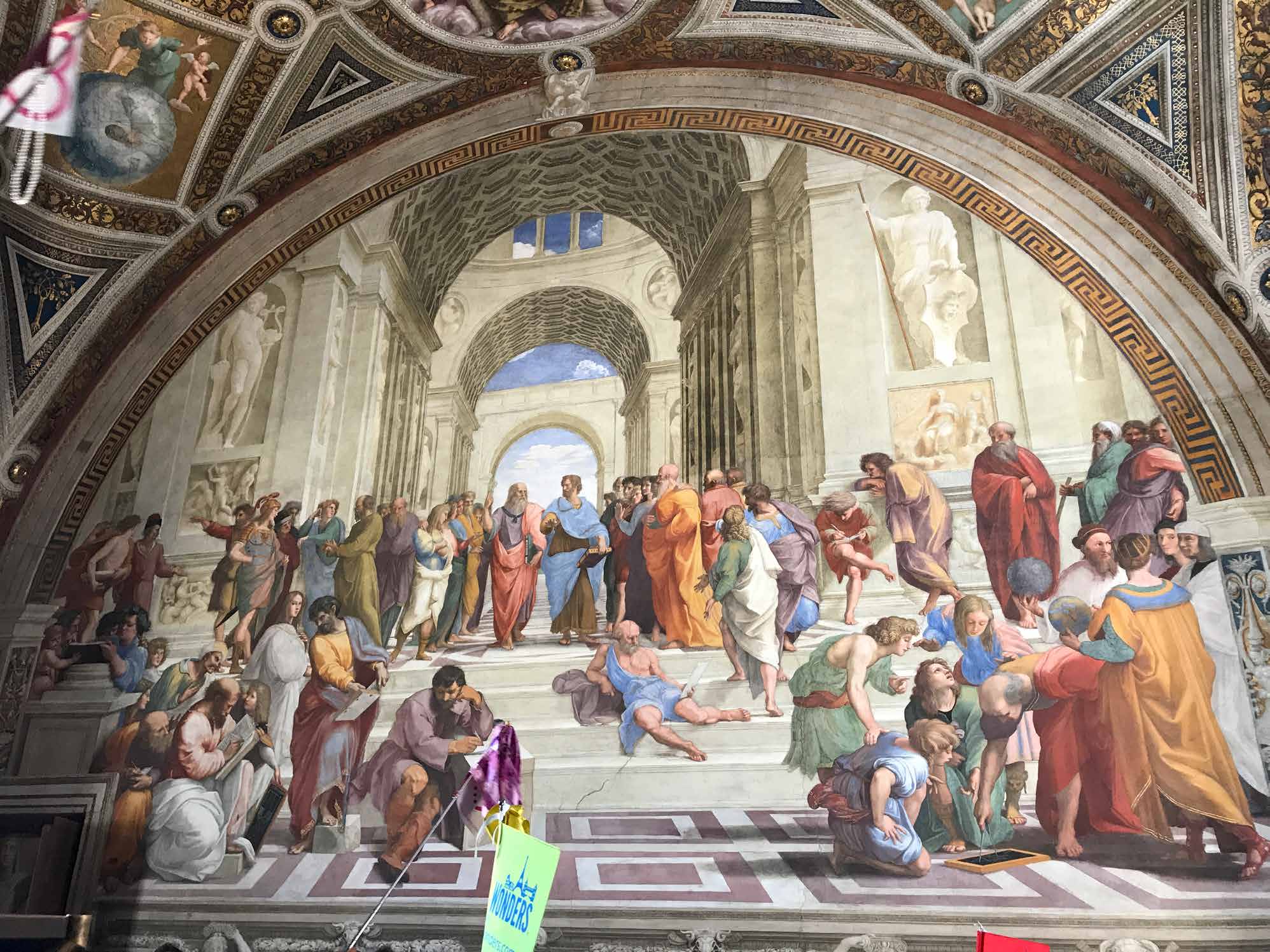
The School of Athens
Raphael
The School of Athens represents the truth acquired through reason. Raphael does not entrust his illustration to allegorical figures, as was customary in the 14th and 15th centuries. Rather, he groups the solemn figures of thinkers and philosophers together in a large, grandiose architectural framework. This framework is characterized by a high dome, a vault with lacunar ceiling and pilasters. It is probably inspired by late Roman architecture or – as most critics believe – by Bramante’s project for the new St Peter’s which is itself a symbol of the synthesis of pagan and Christian philosophies. ~ Web Gallery of Art ~
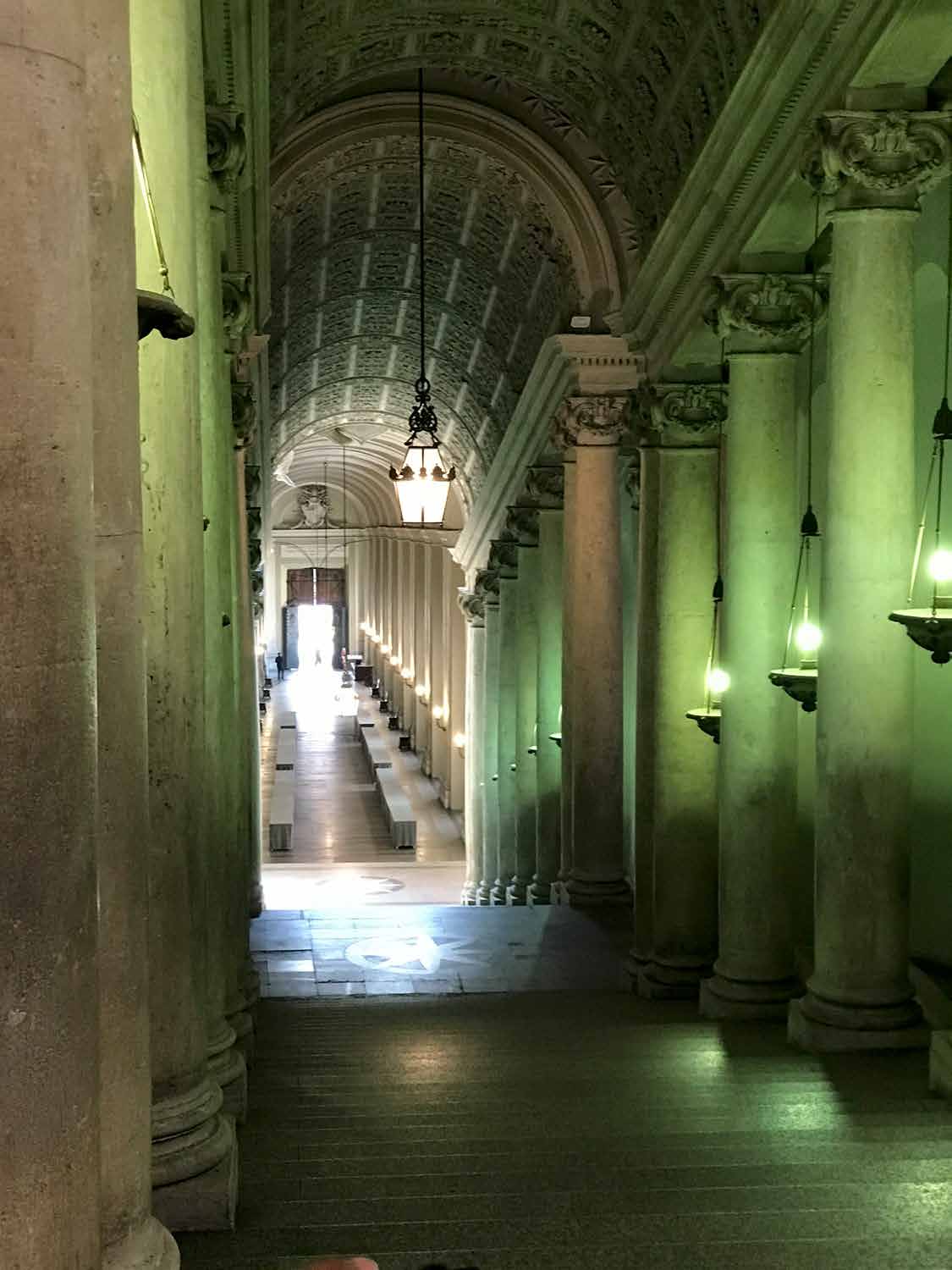
The Pope's Staircase
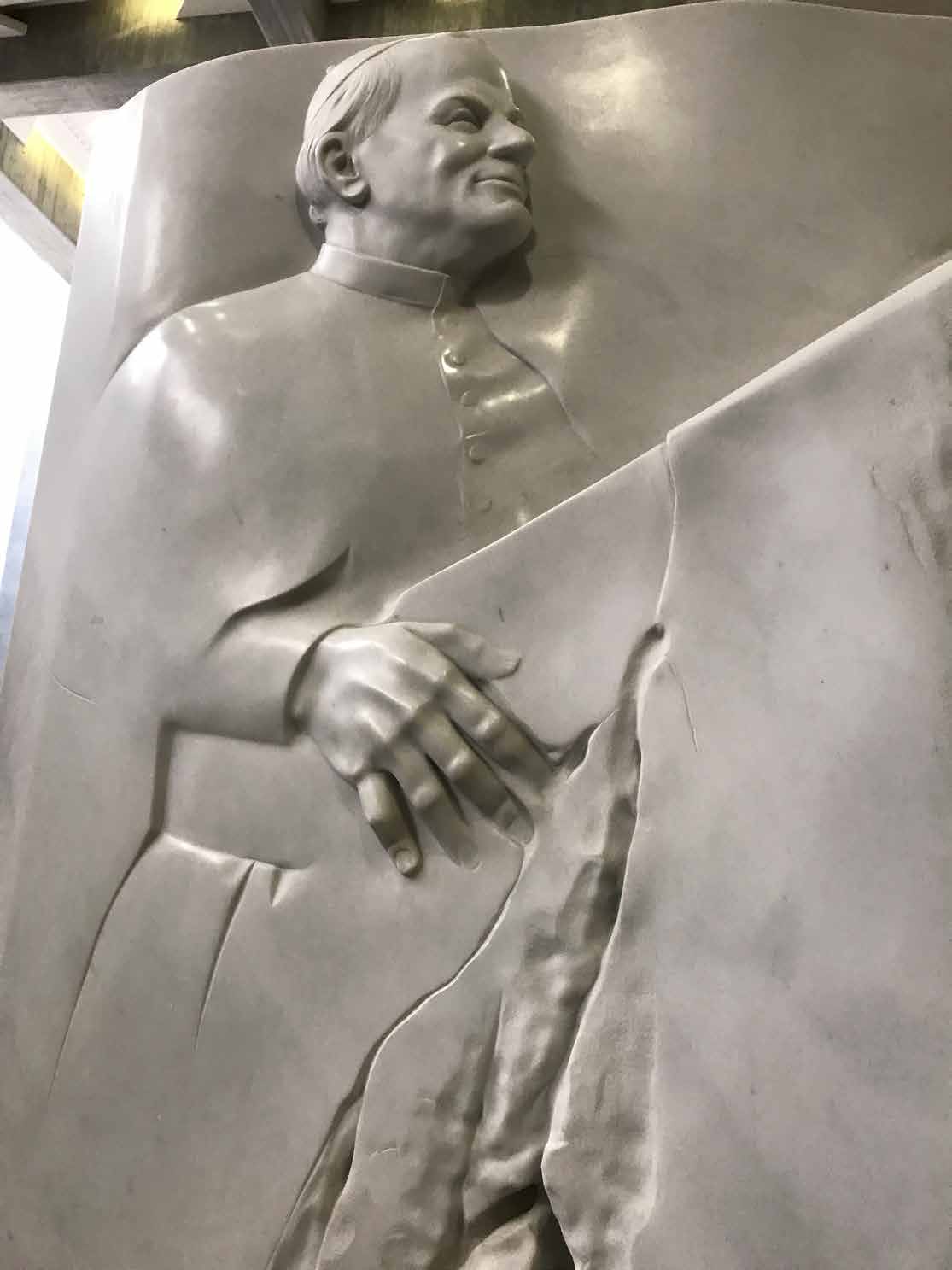
Modern Sculpture of the Pope
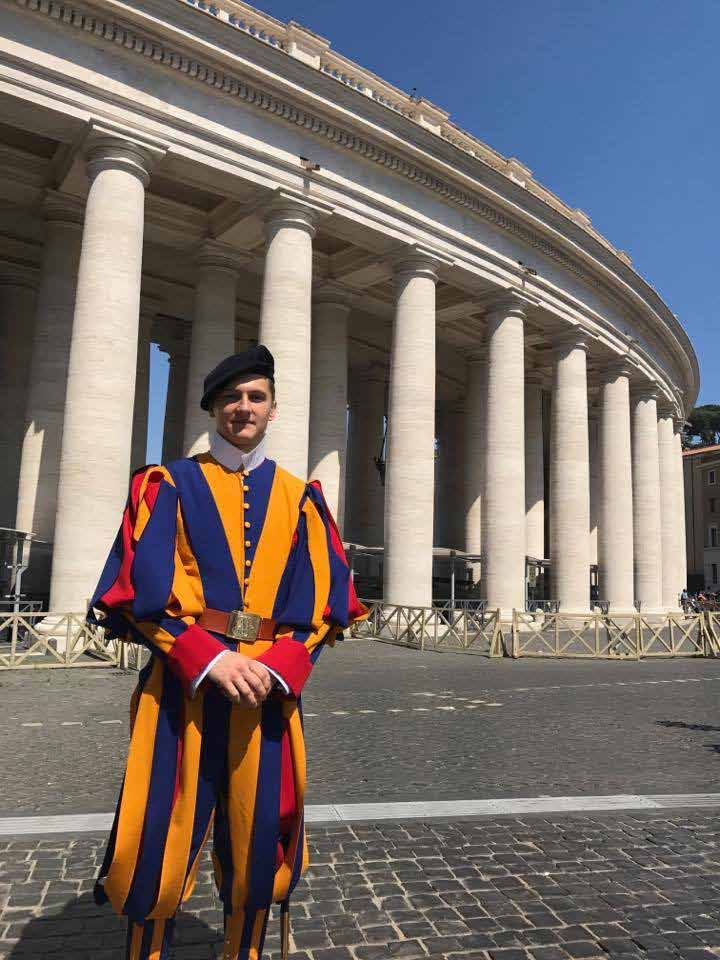
Vatican Swiss Guard
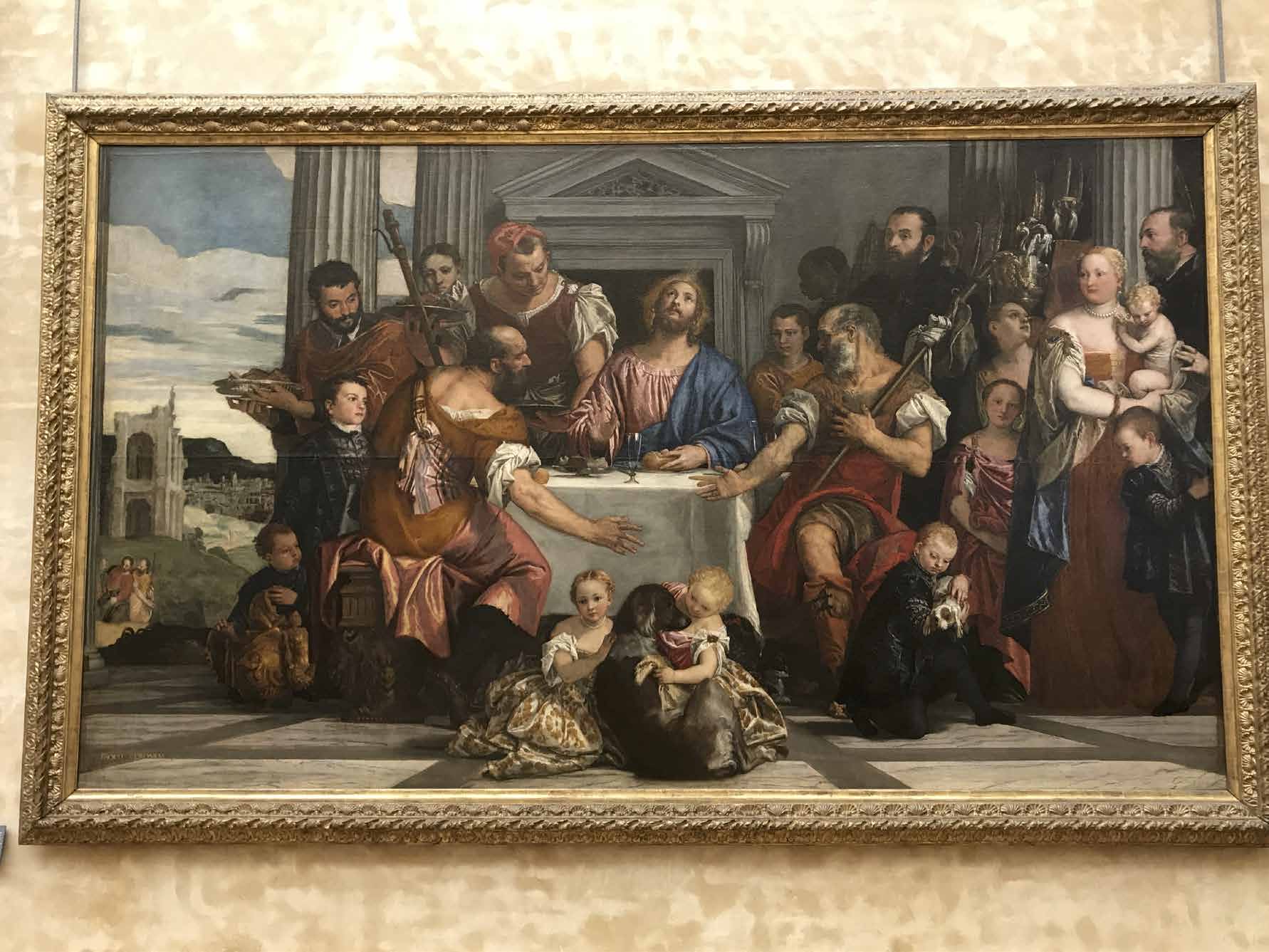
The Supper at Emmaus
Paolo Veronese
After his resurrection, Christ appears several times to his disciples. Here we have a cameo glimpse to the left into the scene of Christ meeting the pilgrims on the road to Emmaus; the episode continues in the foreground of the composition, where during the meal Jesus lifts his eyes to the sky at the moment of blessing the bread. This divine gesture leads to his being recognized by two astonished apostles.
Veronese doesn’t limit himself to traditional iconography. He situates the miracle in a palace instead of an inn, before a door with a triangular pediment flanked by fluted columns. Above all, he introduces into the middle of this religious scene a family whose members show little interest in the event. The contrast is all the more marked by the mixing of antique dress with the rich Venetian costumes in the fashion of the period. ~ Louvre ~
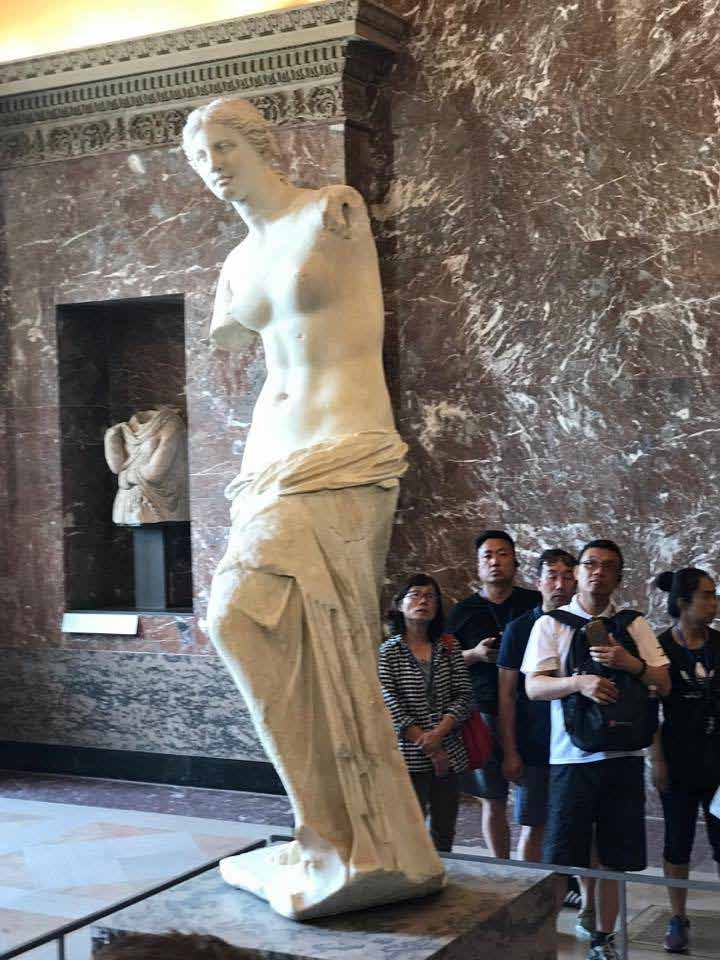
Venus de Milo
Alexandros of Antioch
This graceful statue of a goddess has intrigued and fascinated since its discovery on the island of Melos in 1820. Is it Aphrodite, who was often portrayed half-naked, or the sea goddess Amphitrite, who was venerated on Melos? The statue reflects sculptural research during the late Hellenistic Period: classical in essence, with innovatory features such as the spiral composition, the positioning in space, and the fall of the drapery over the hips. ~ Louvre ~
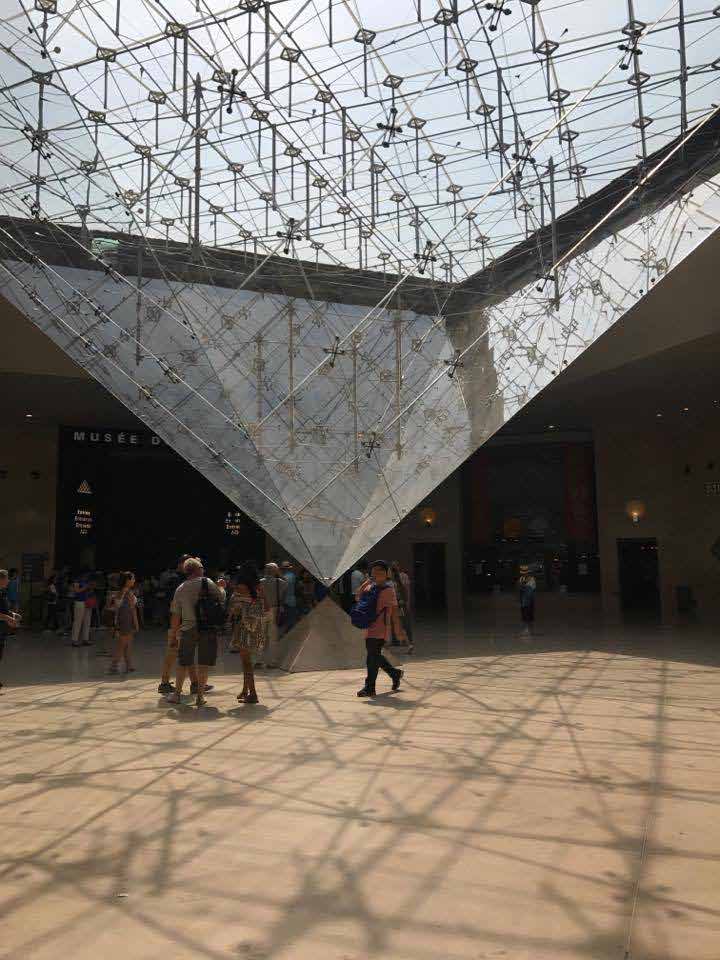
The Louvre
The Louvre or the Louvre Museum is the world’s largest art museum and a historic monument in Paris, France. A central landmark of the city, it is located on the Right Bank of the Seine in the city’s 1st arrondissement.
